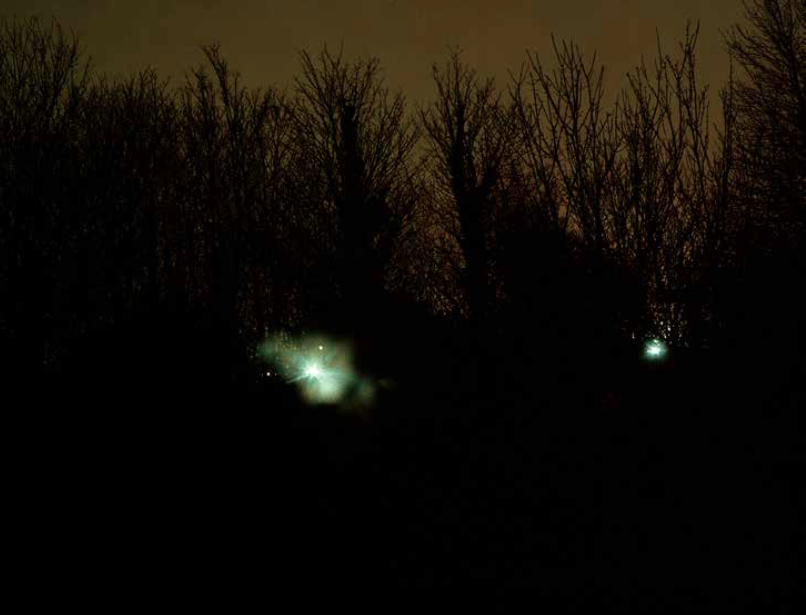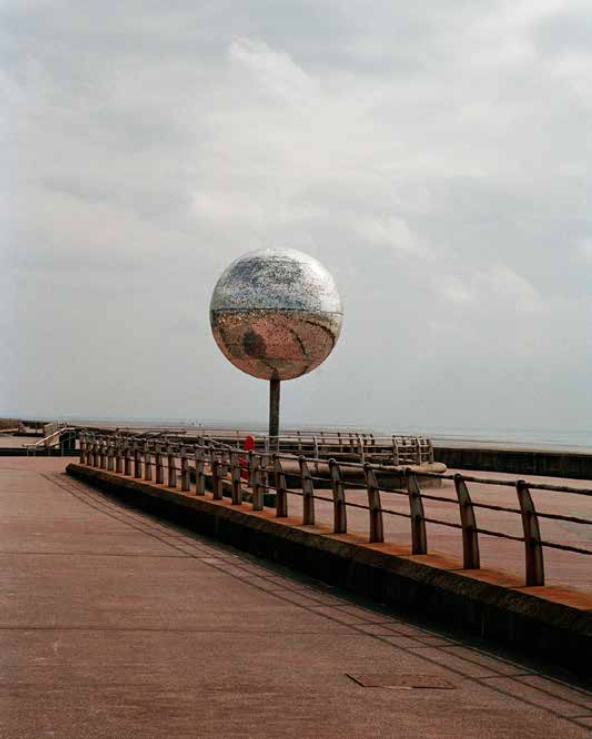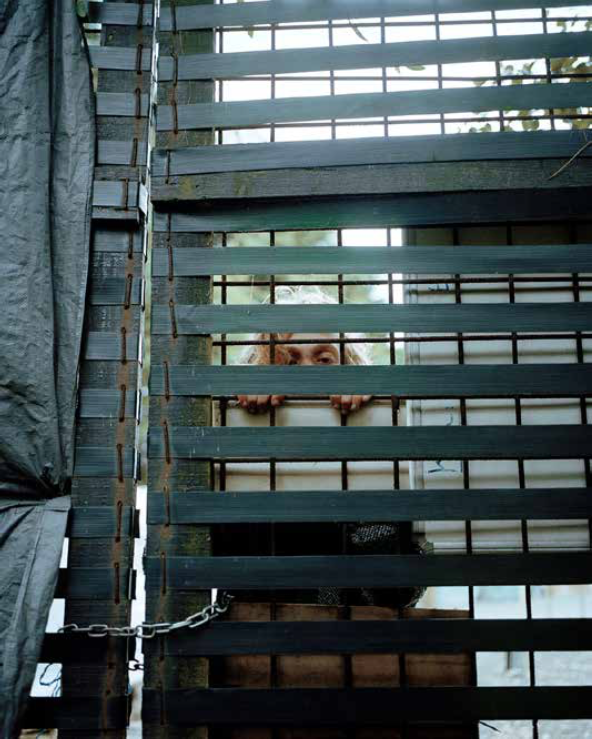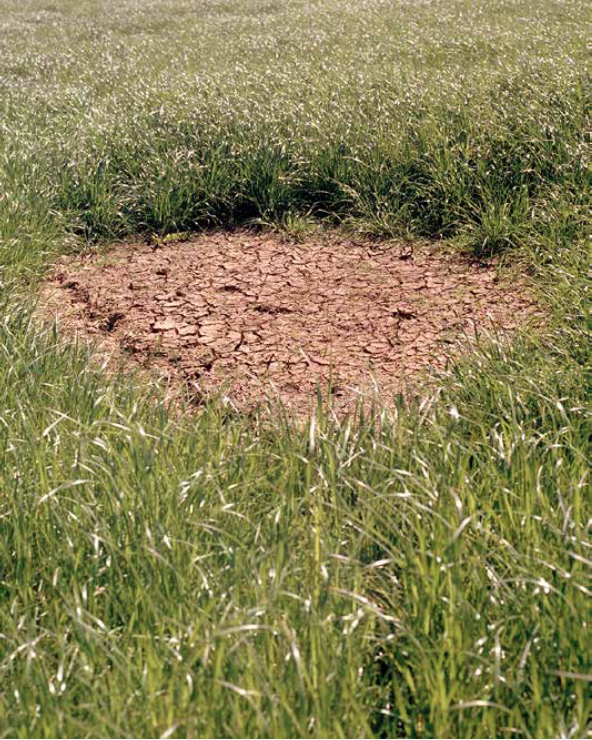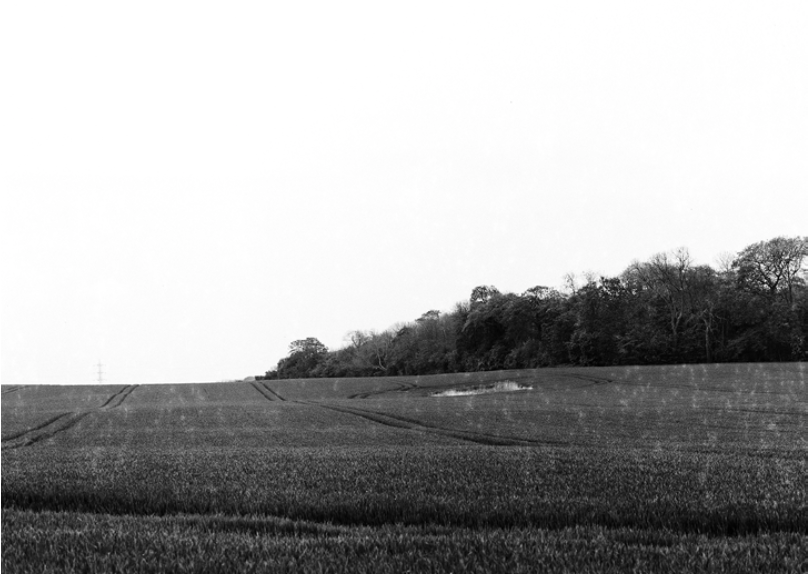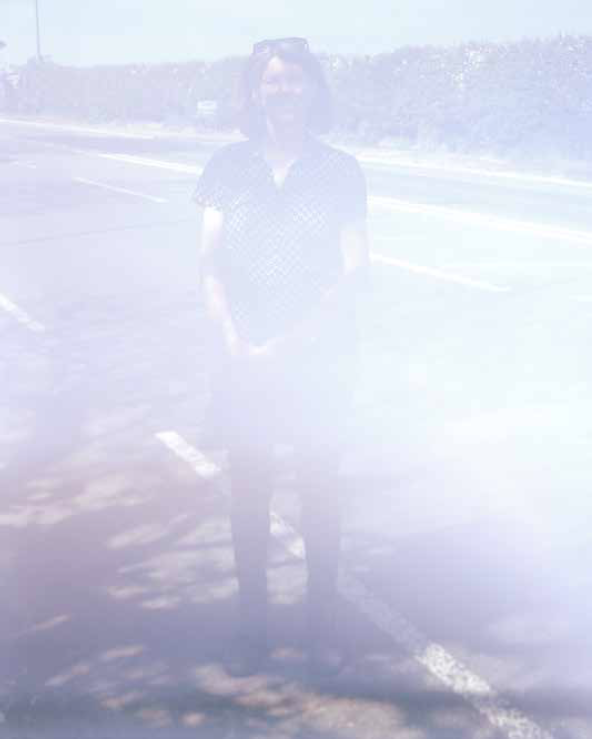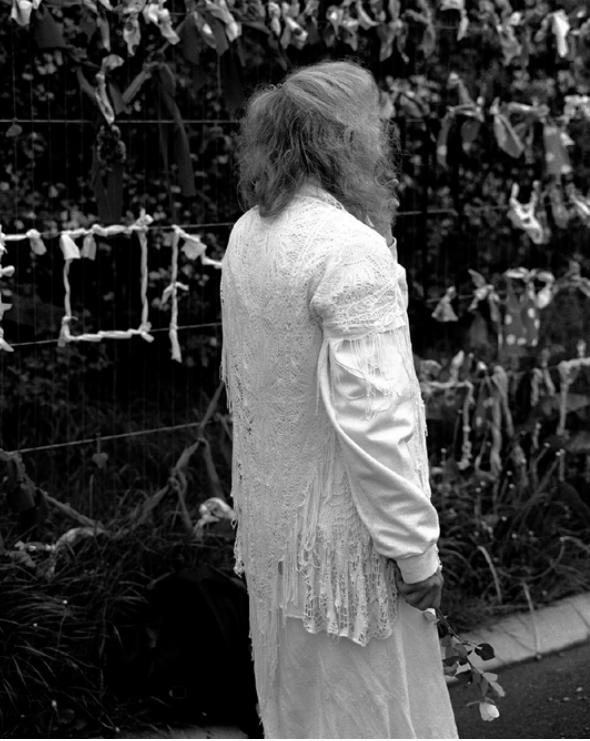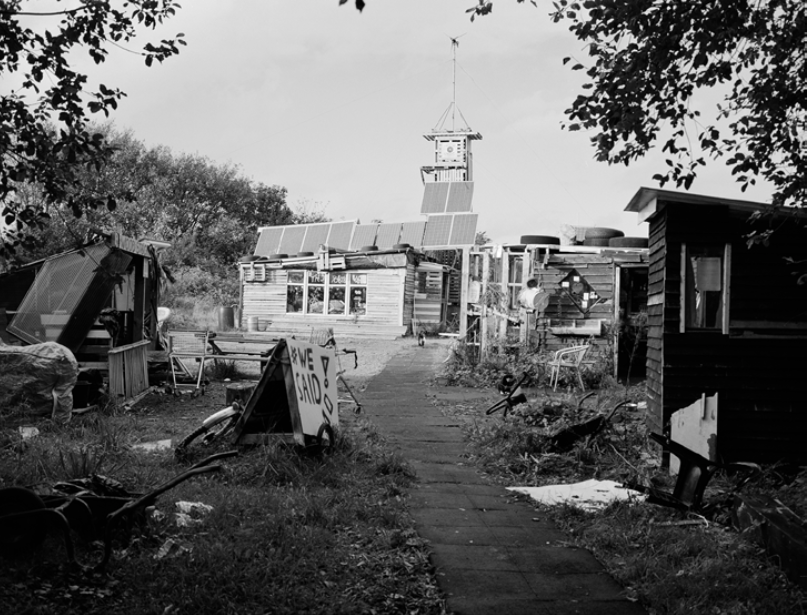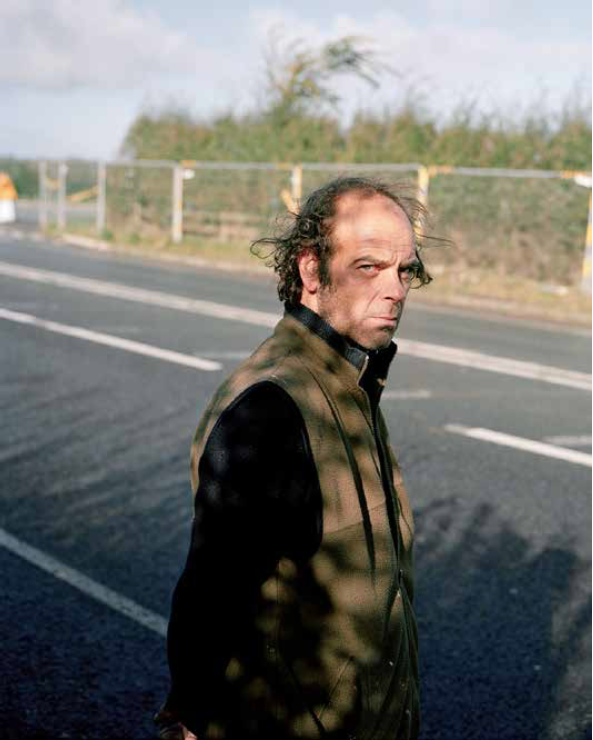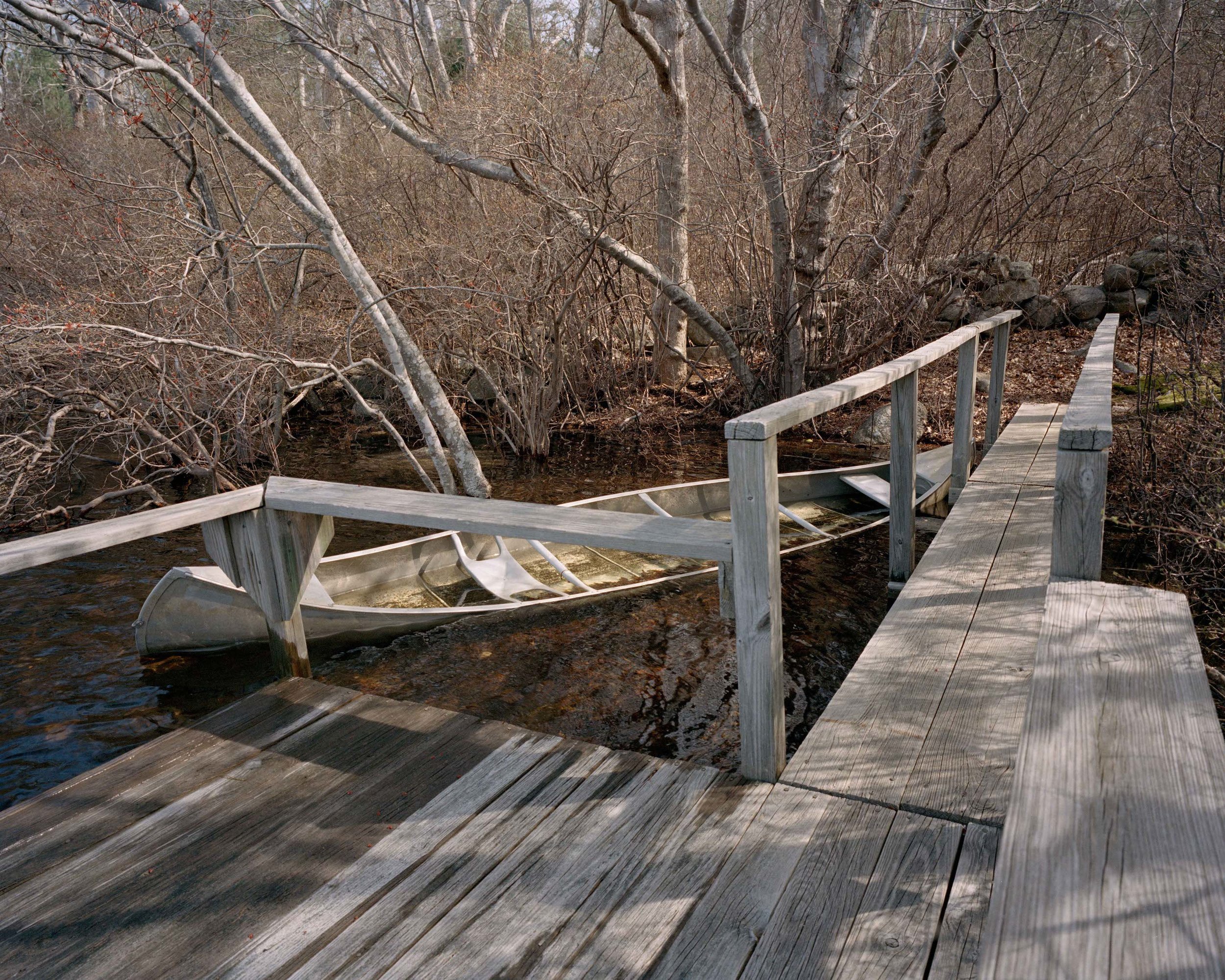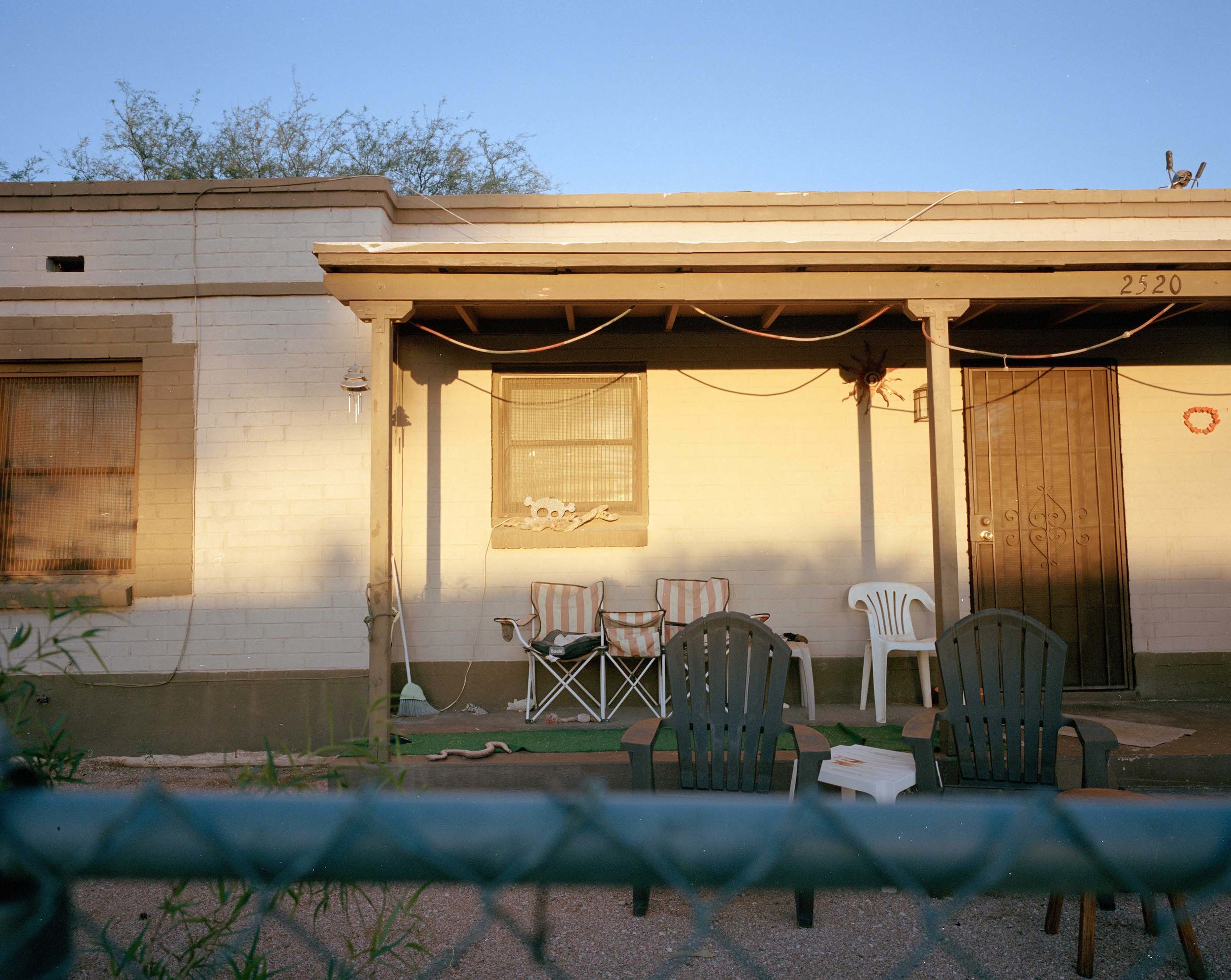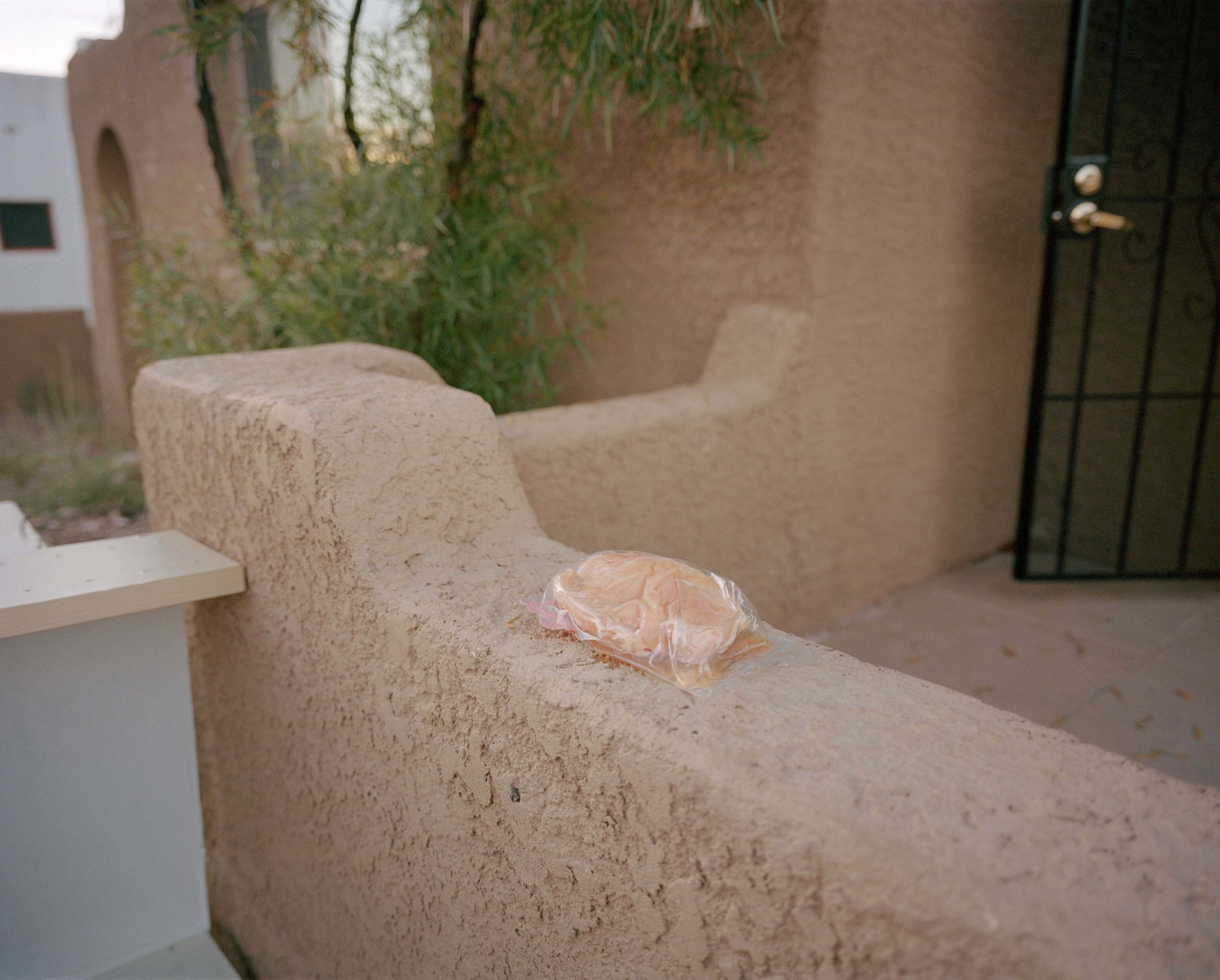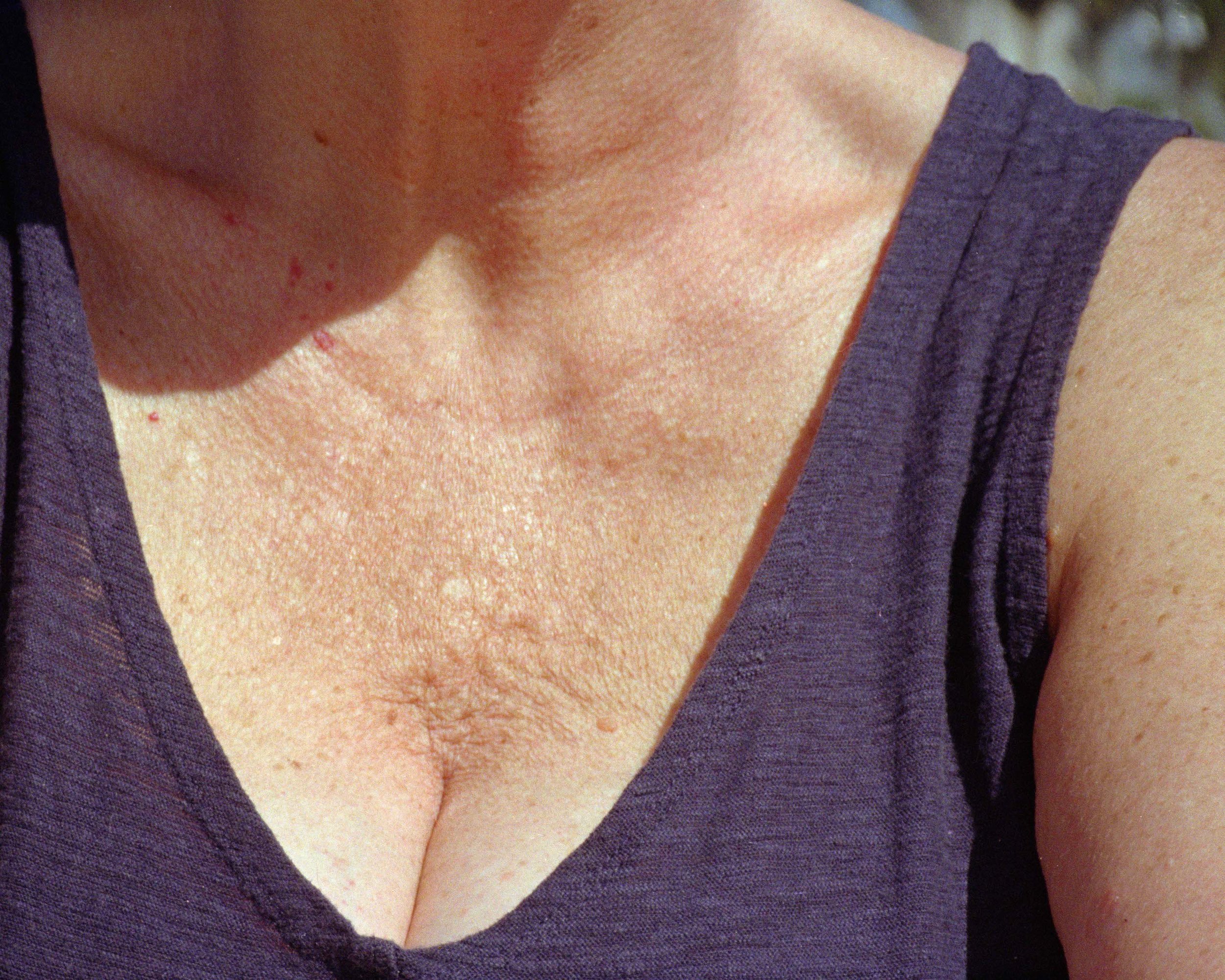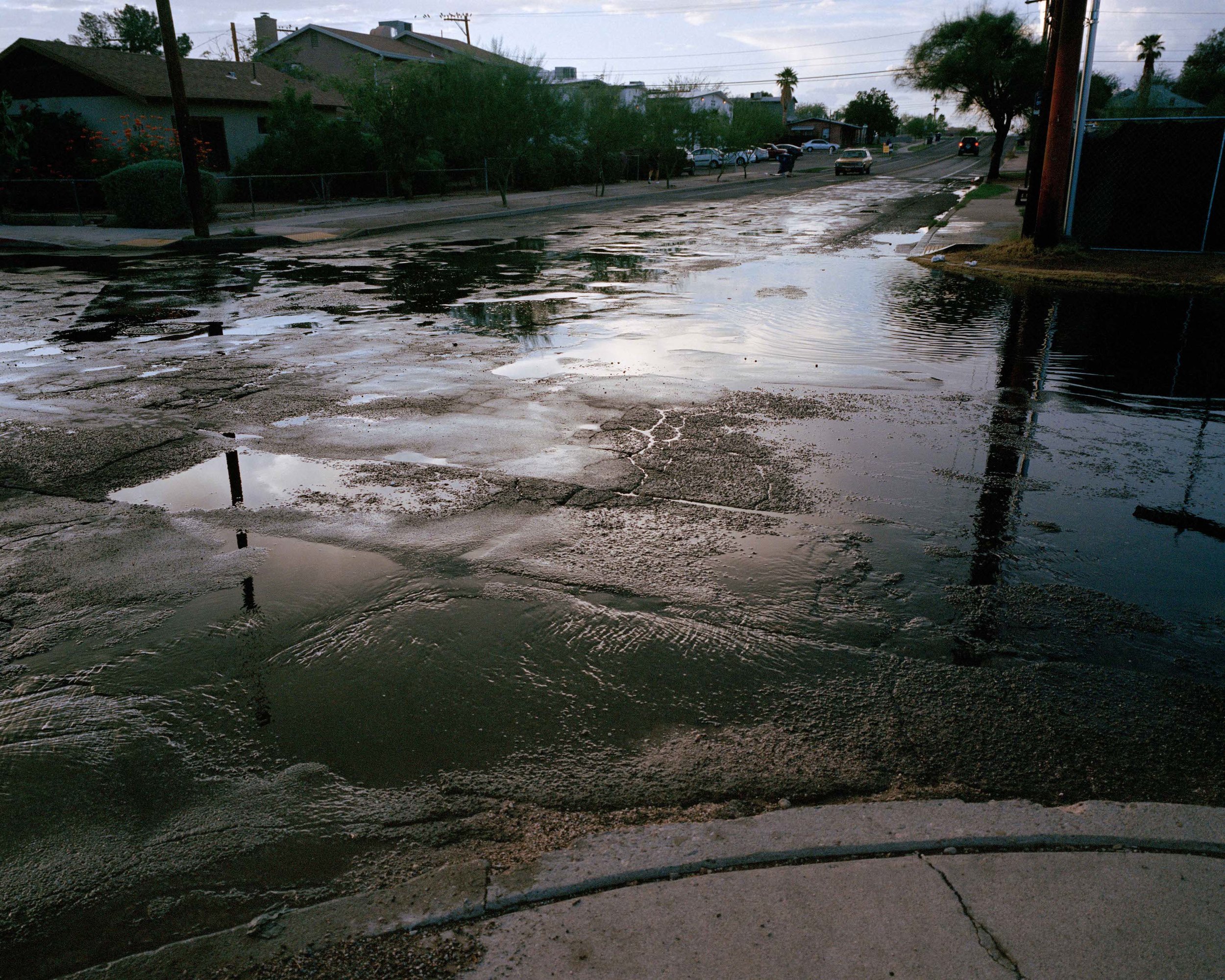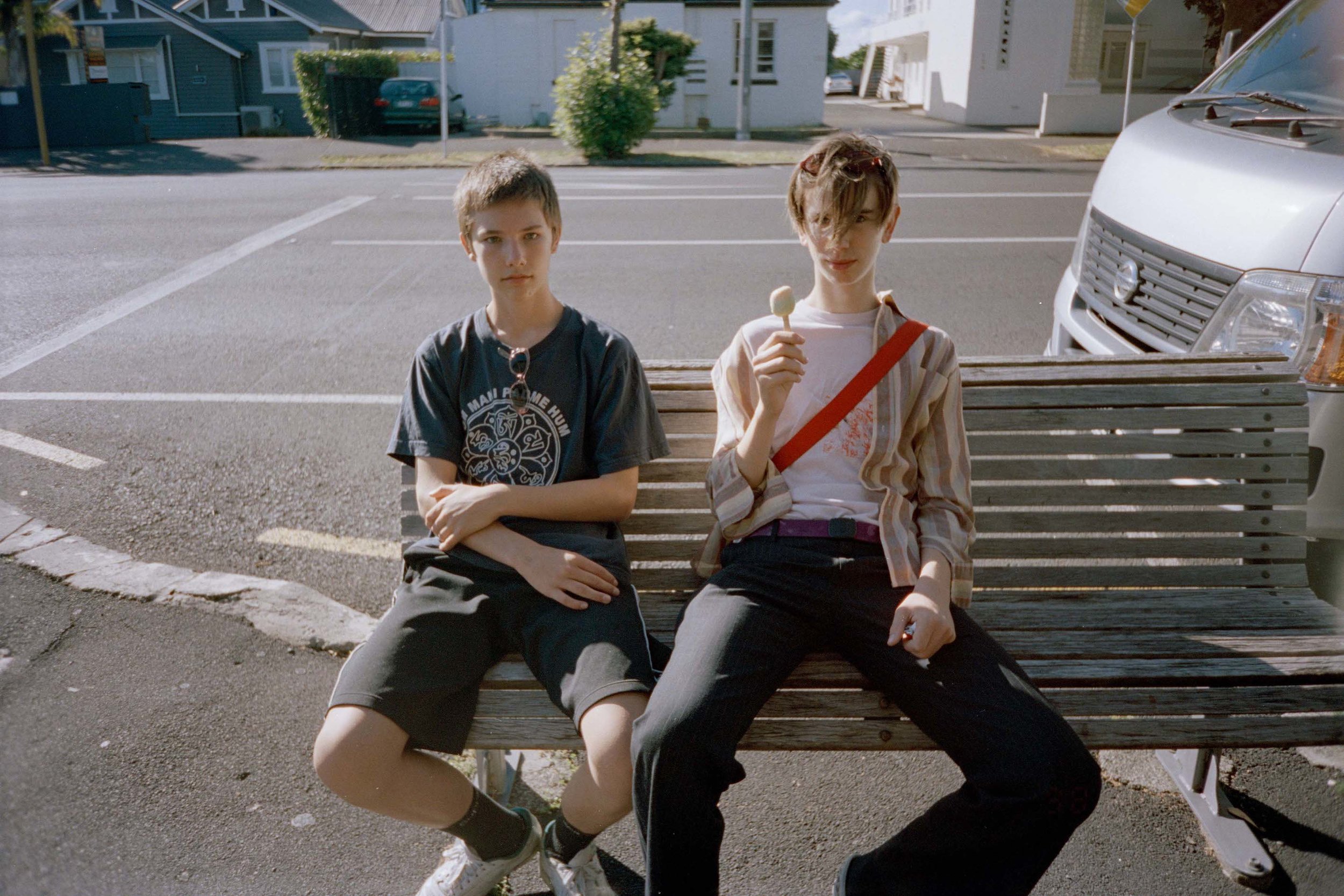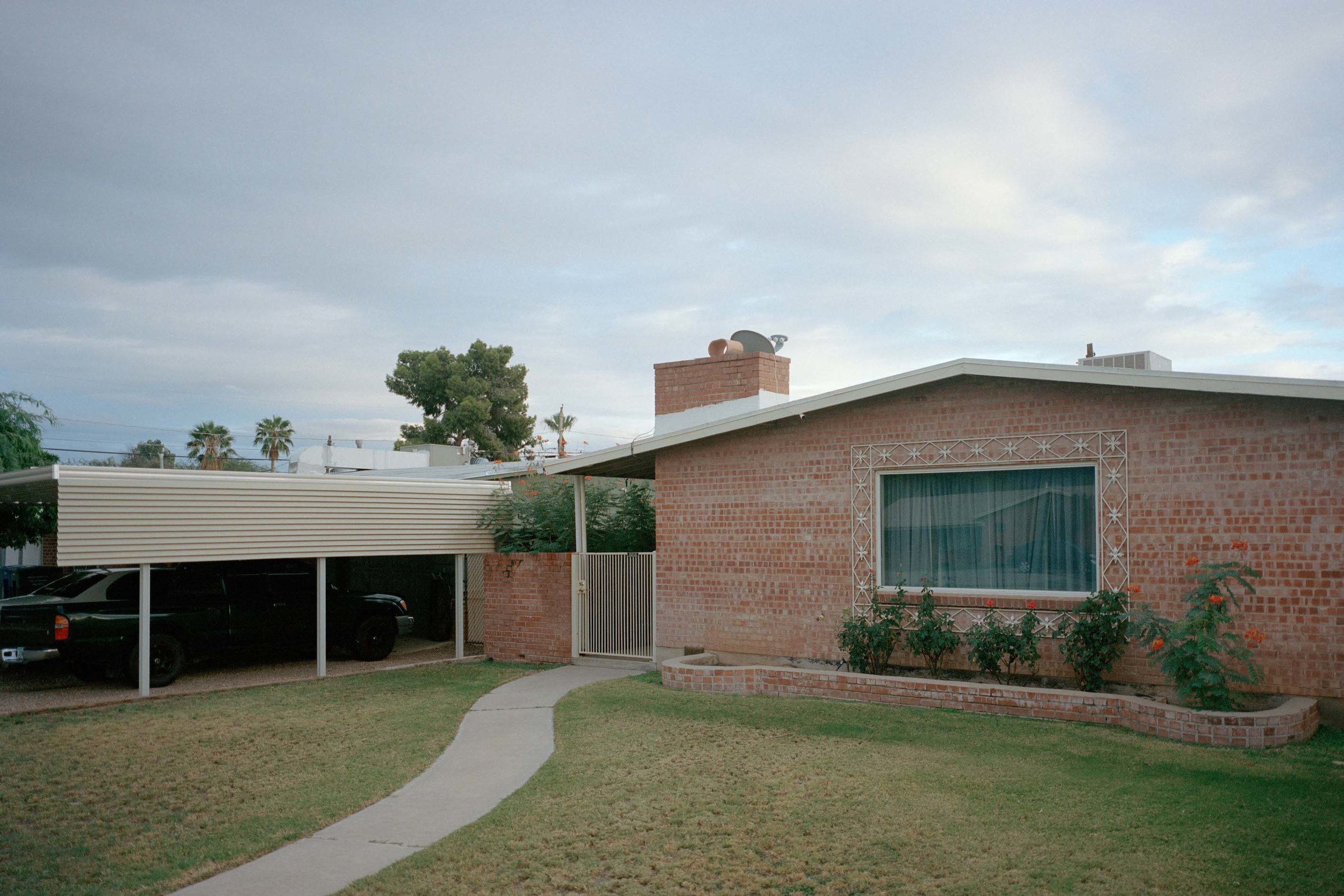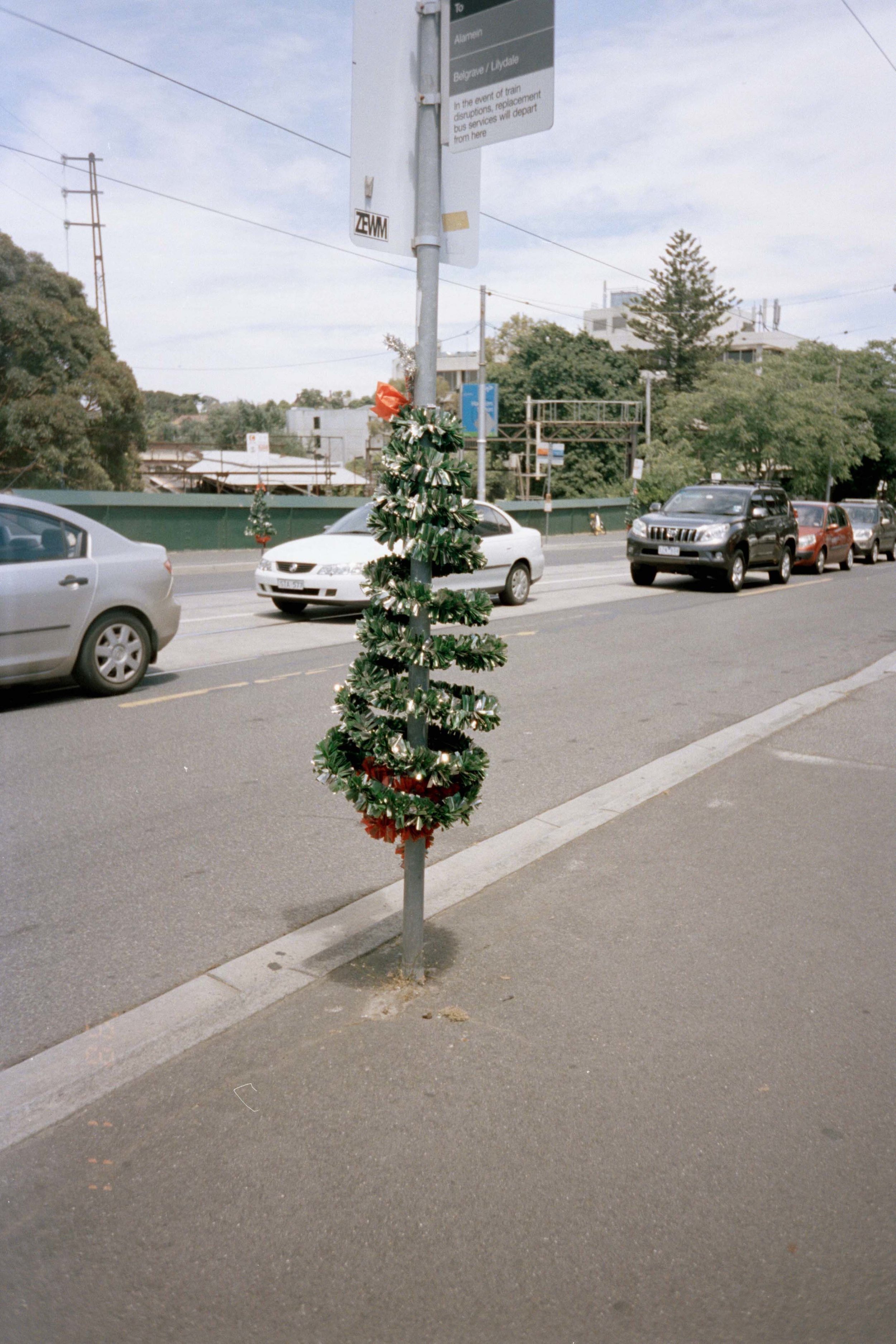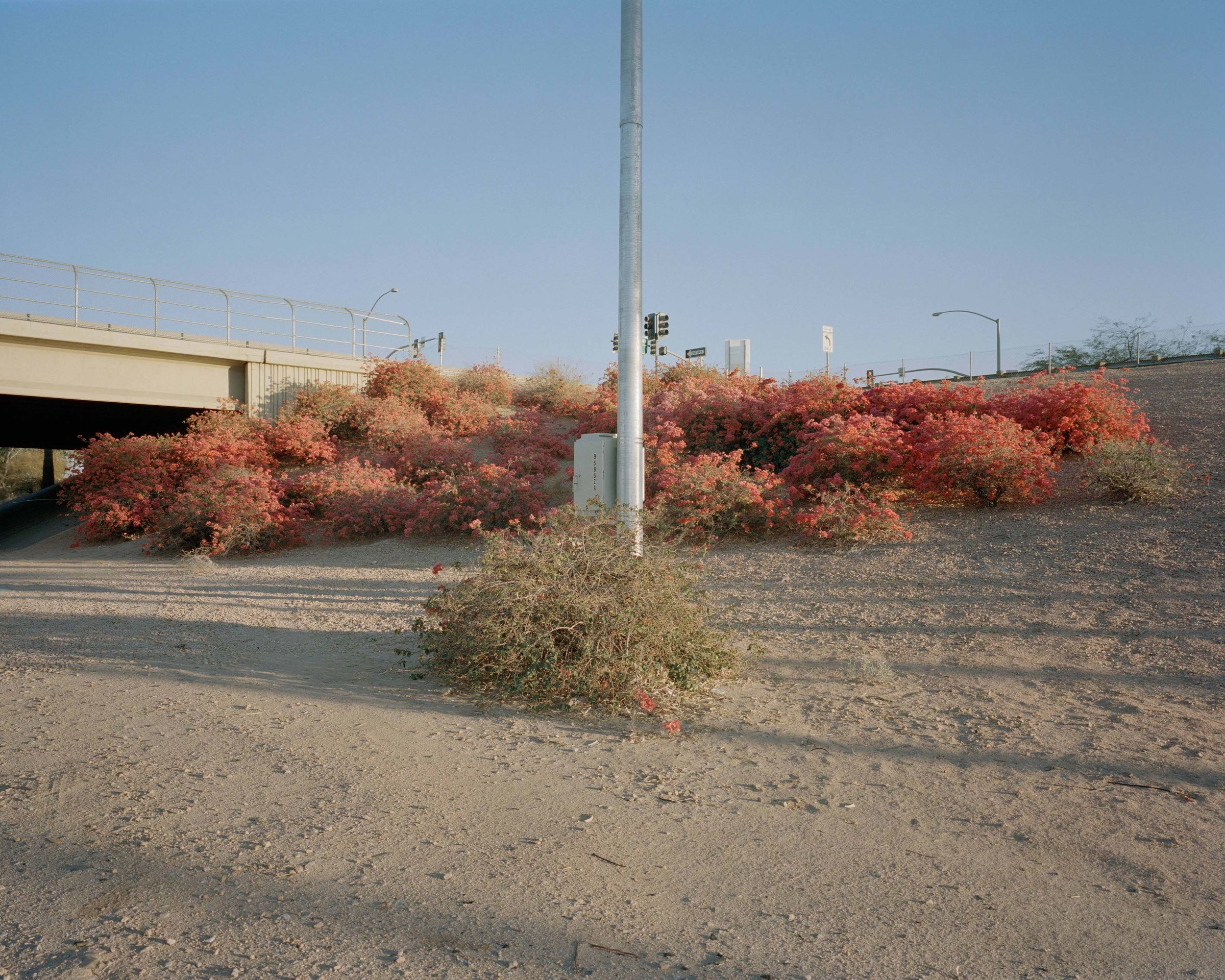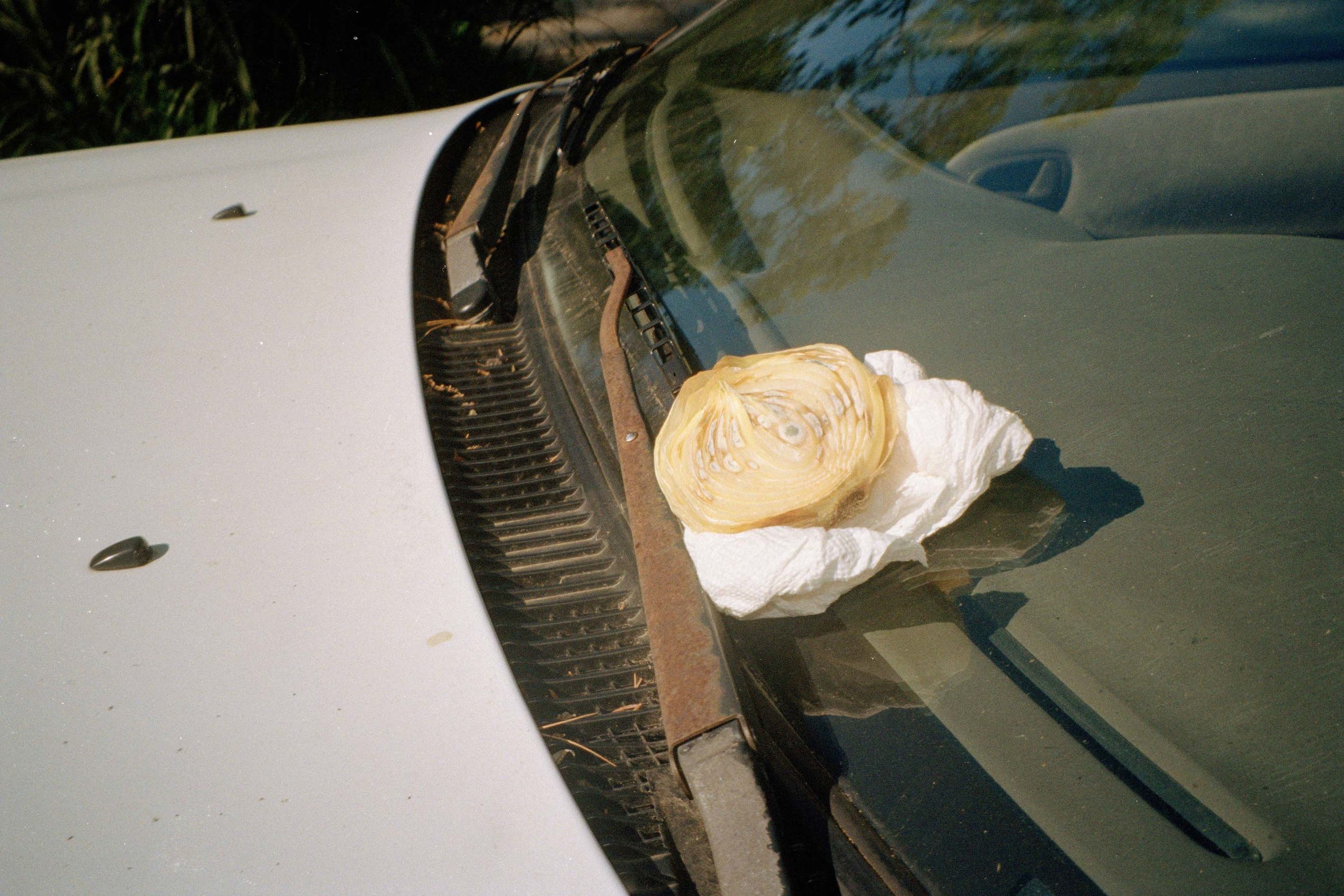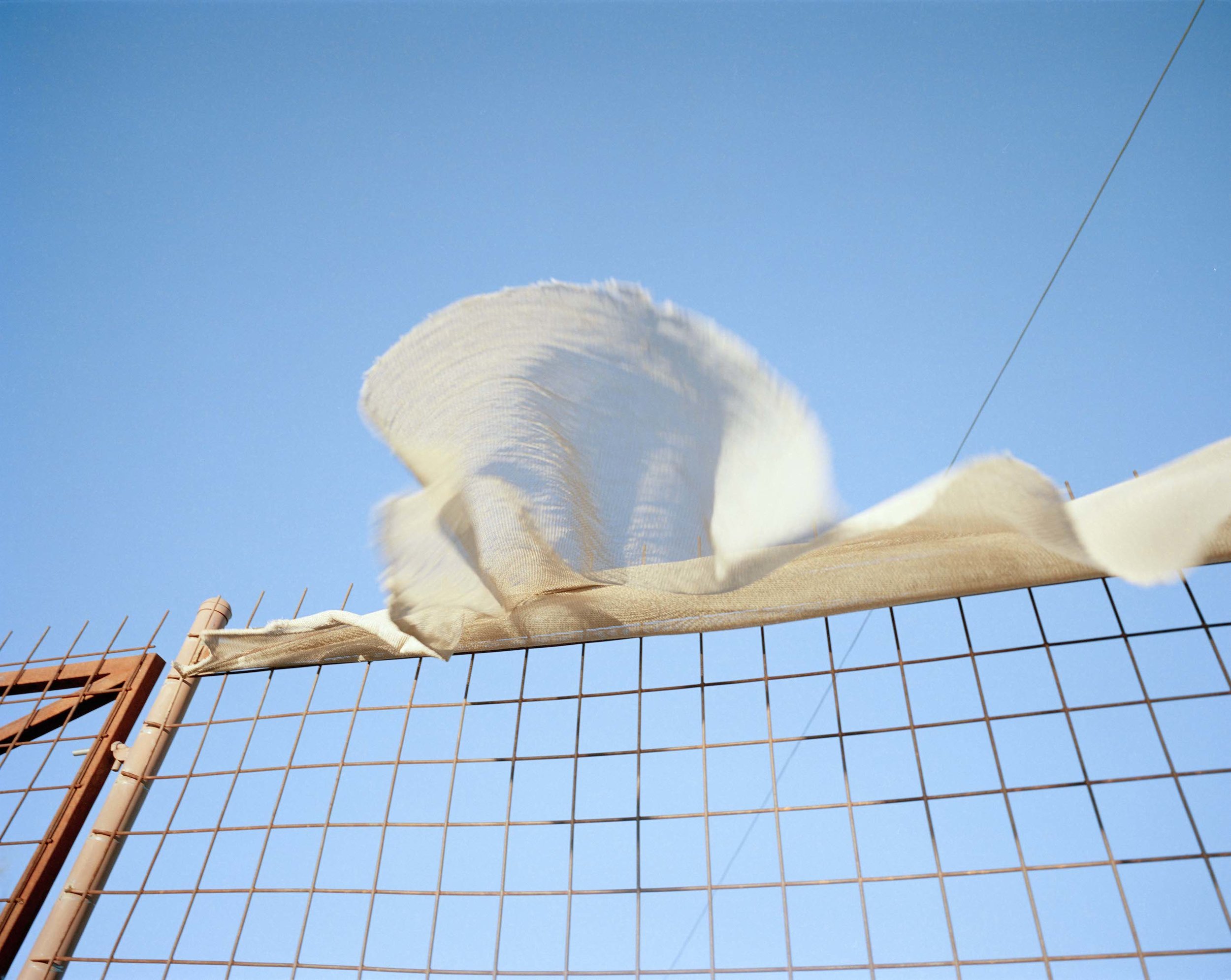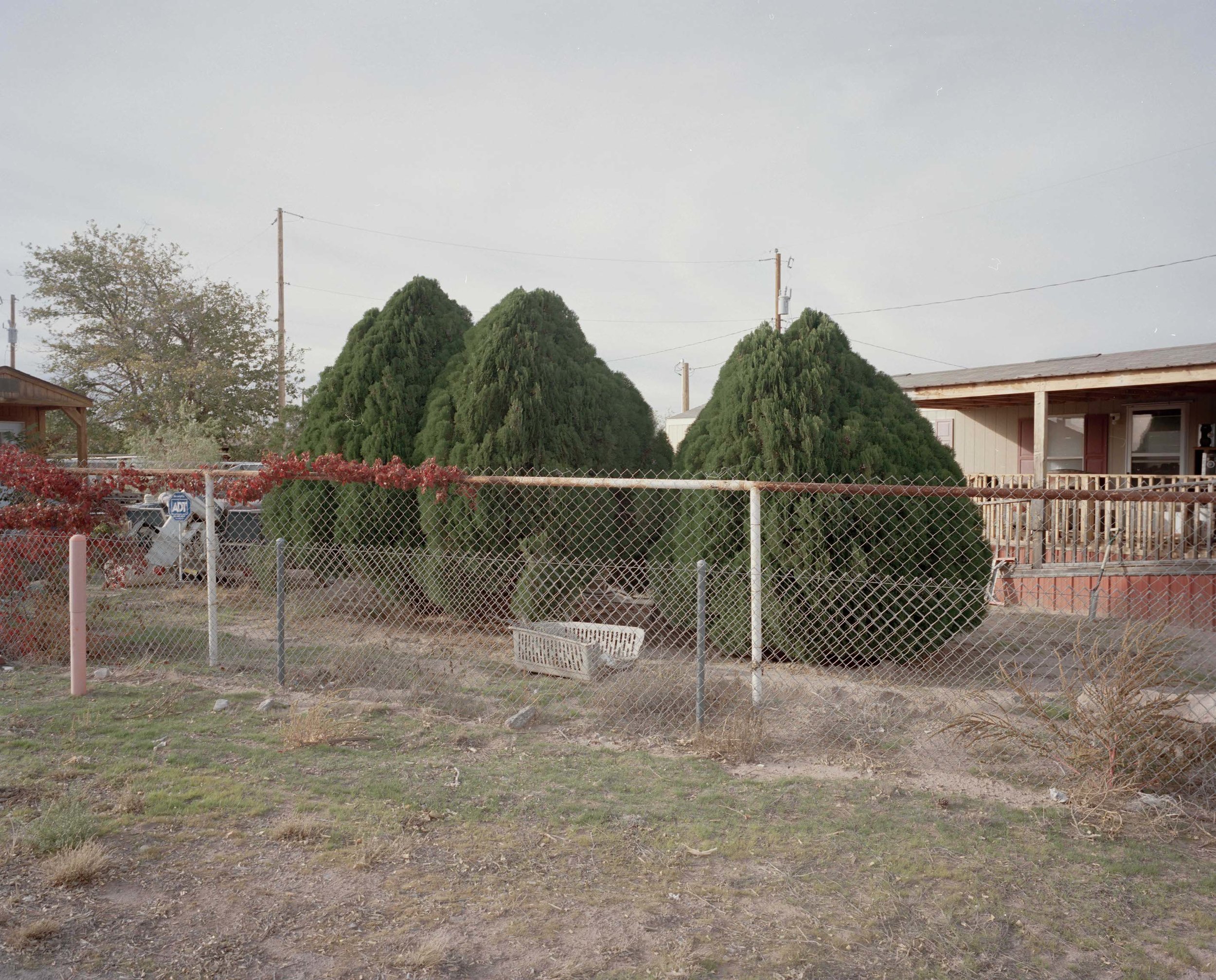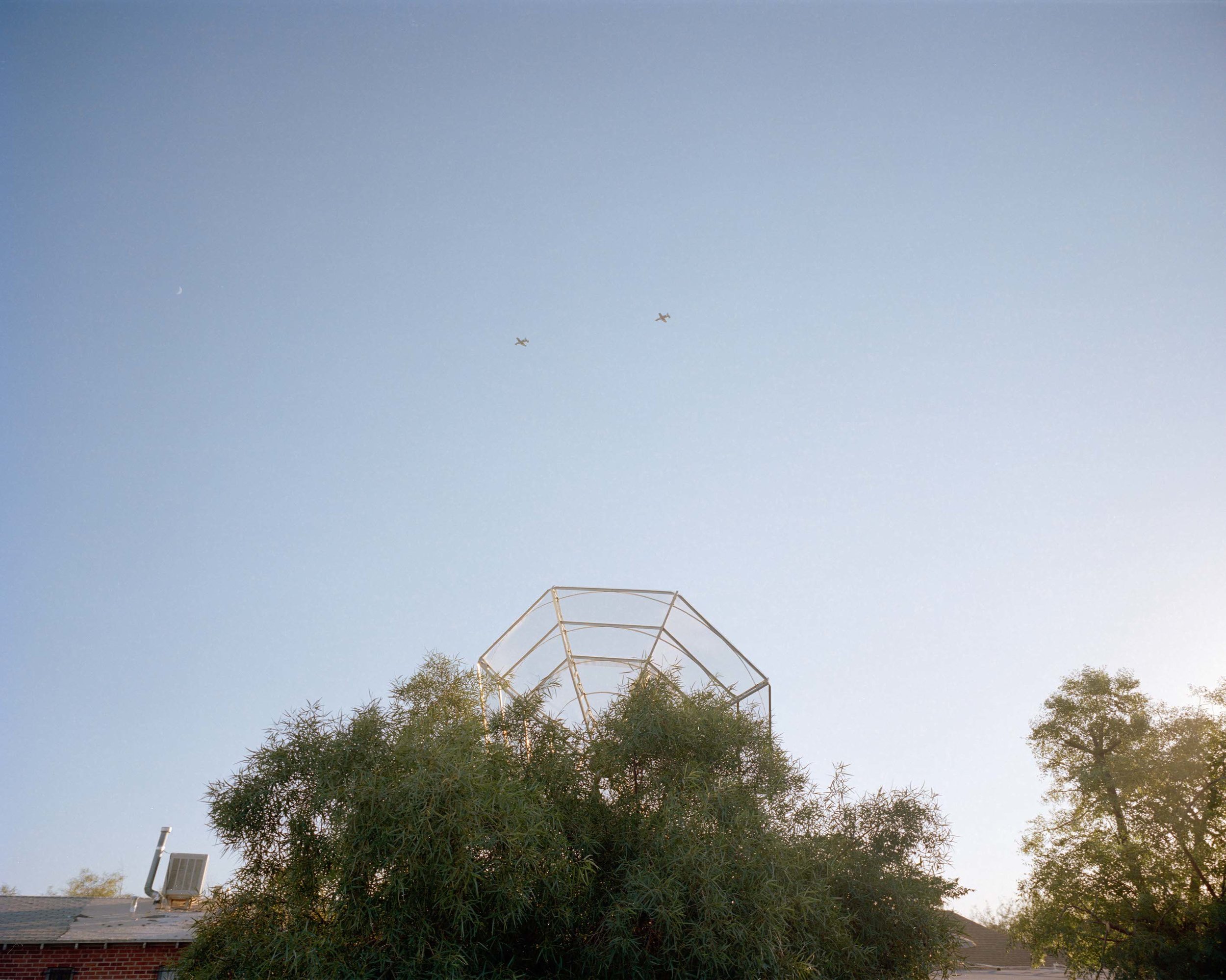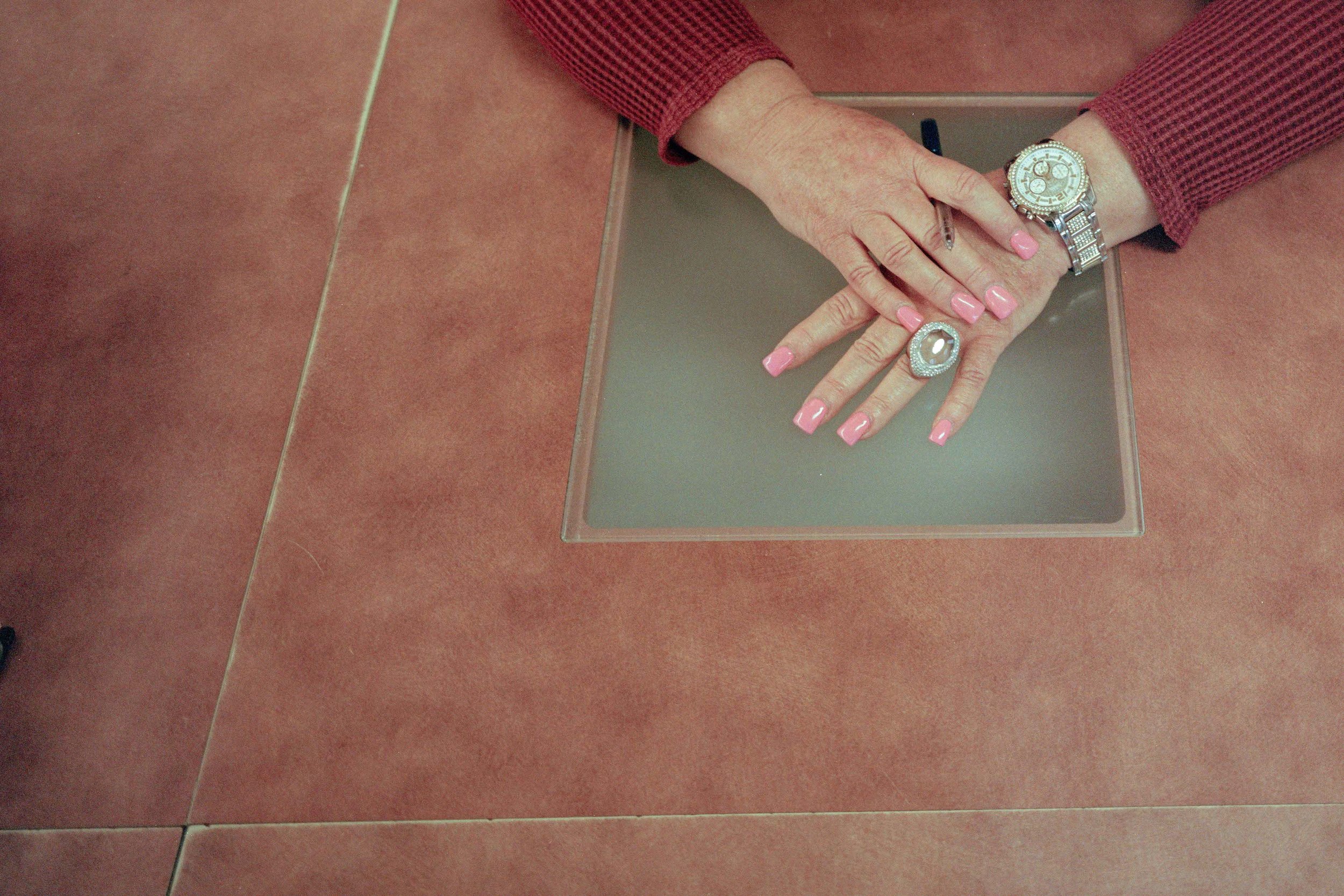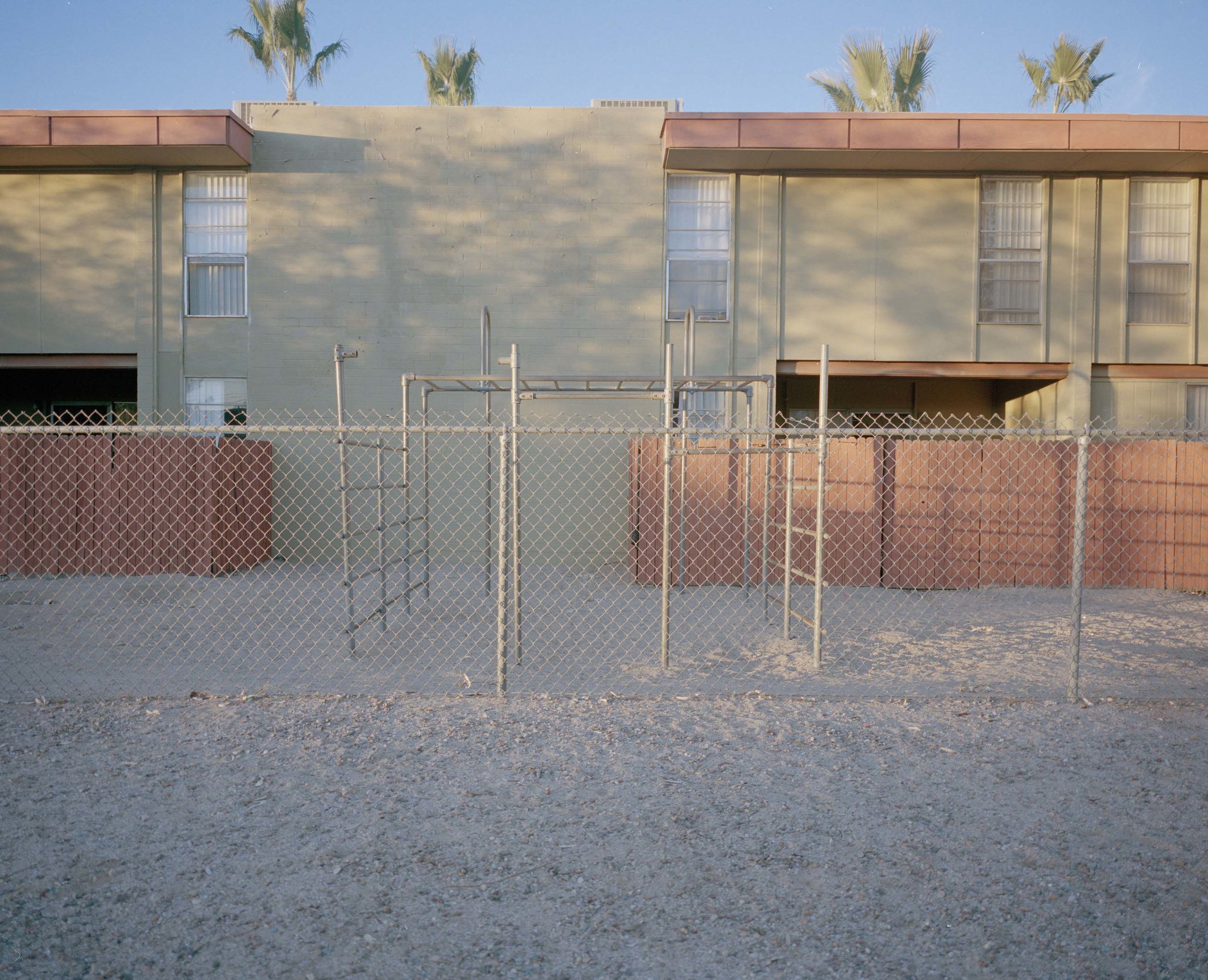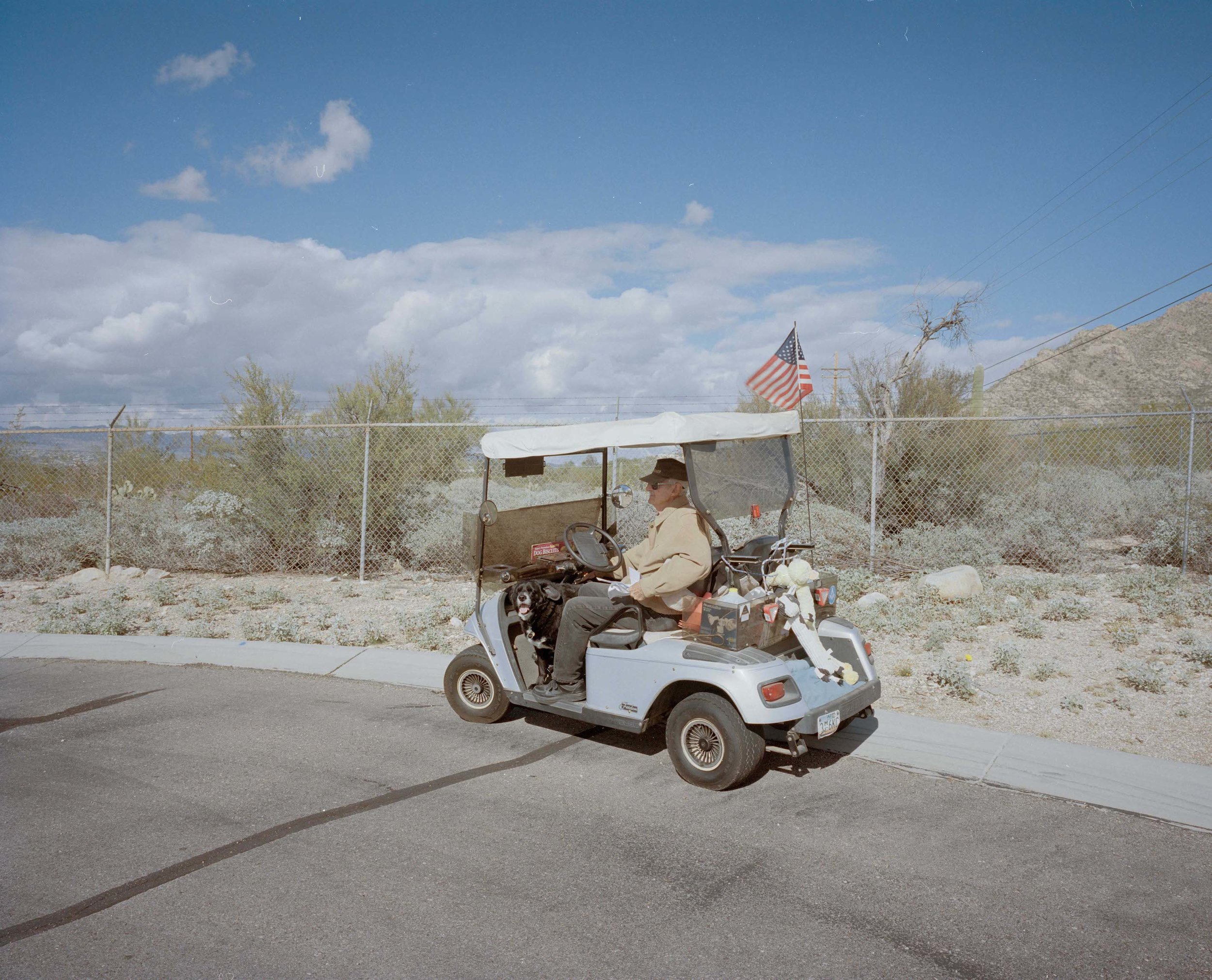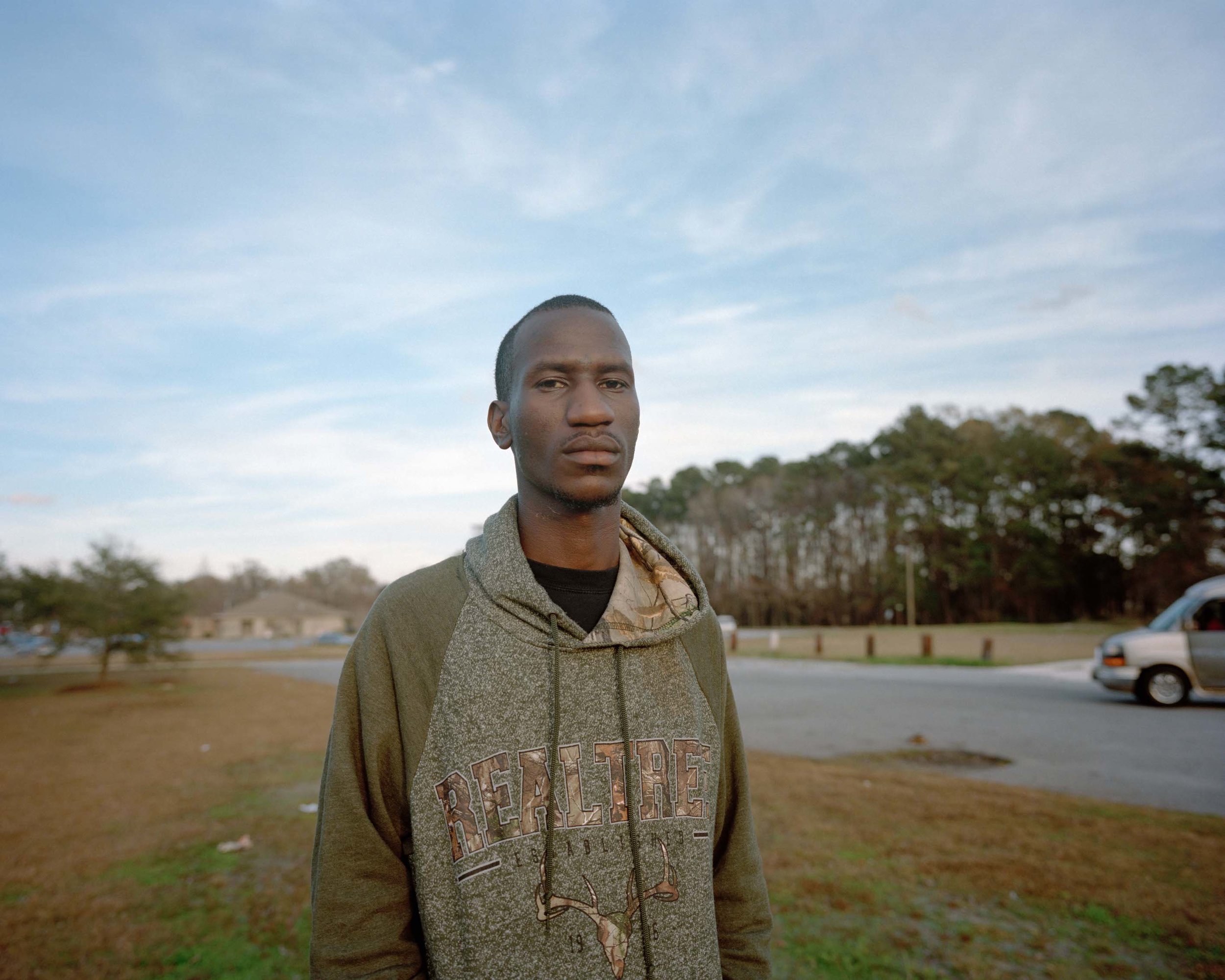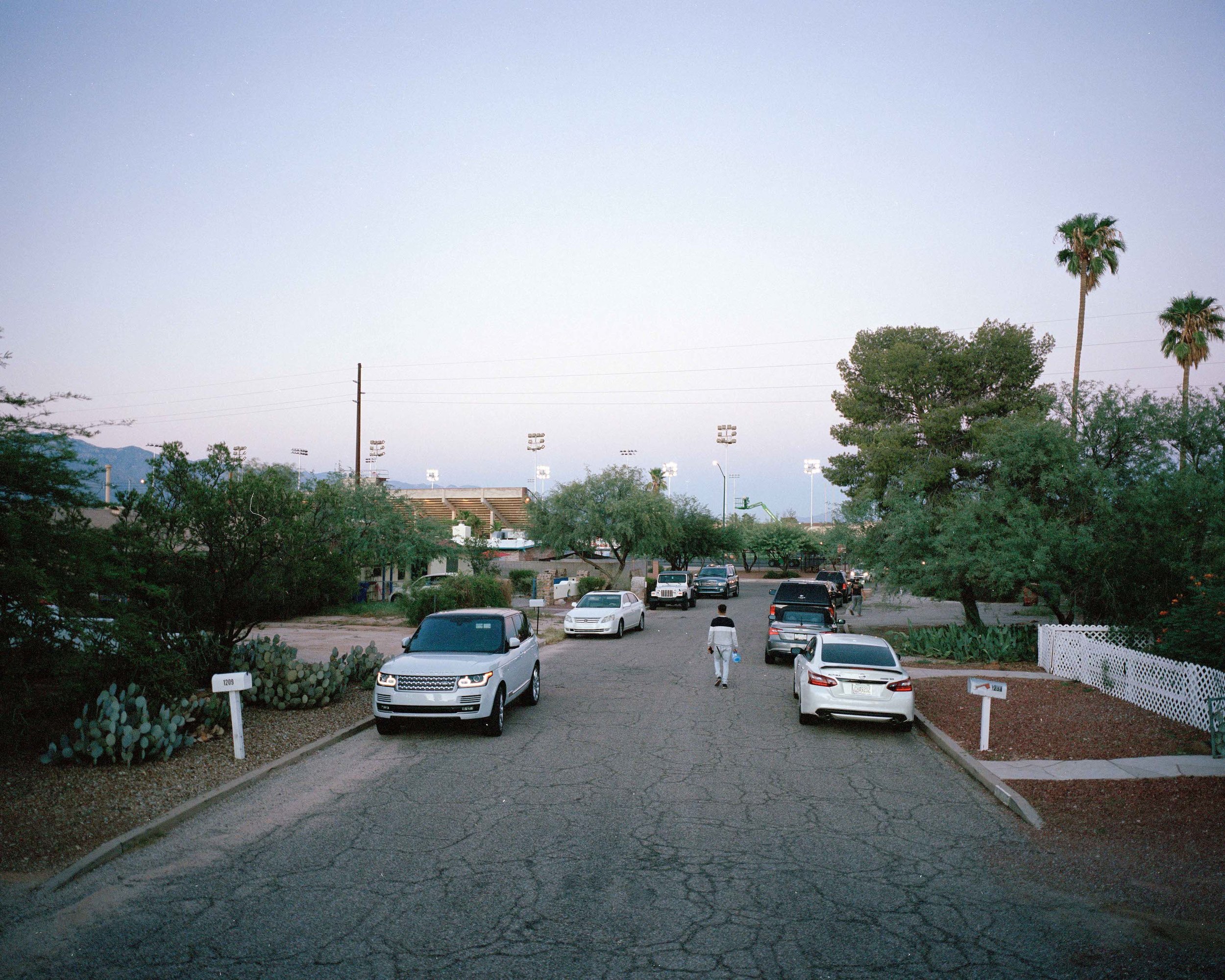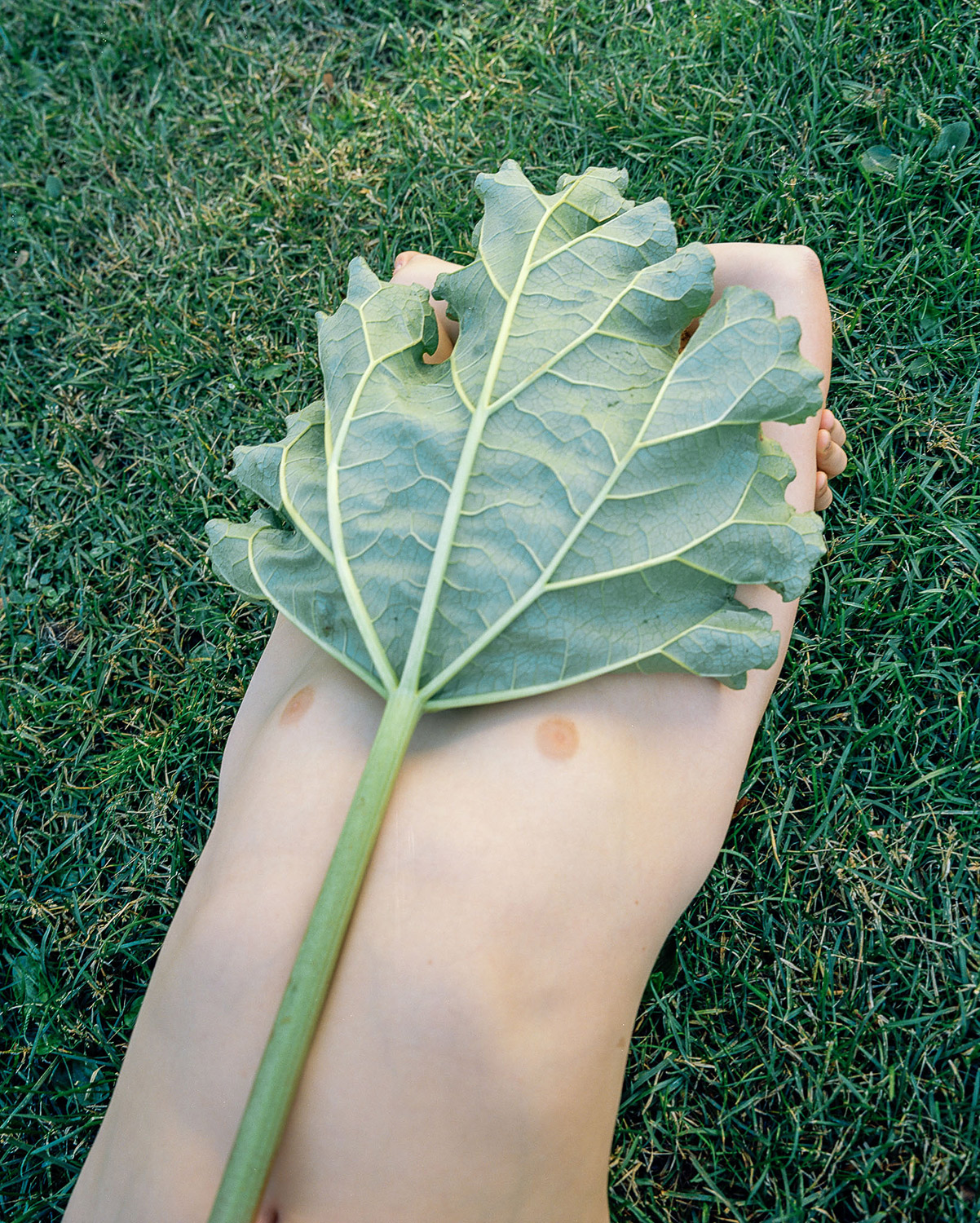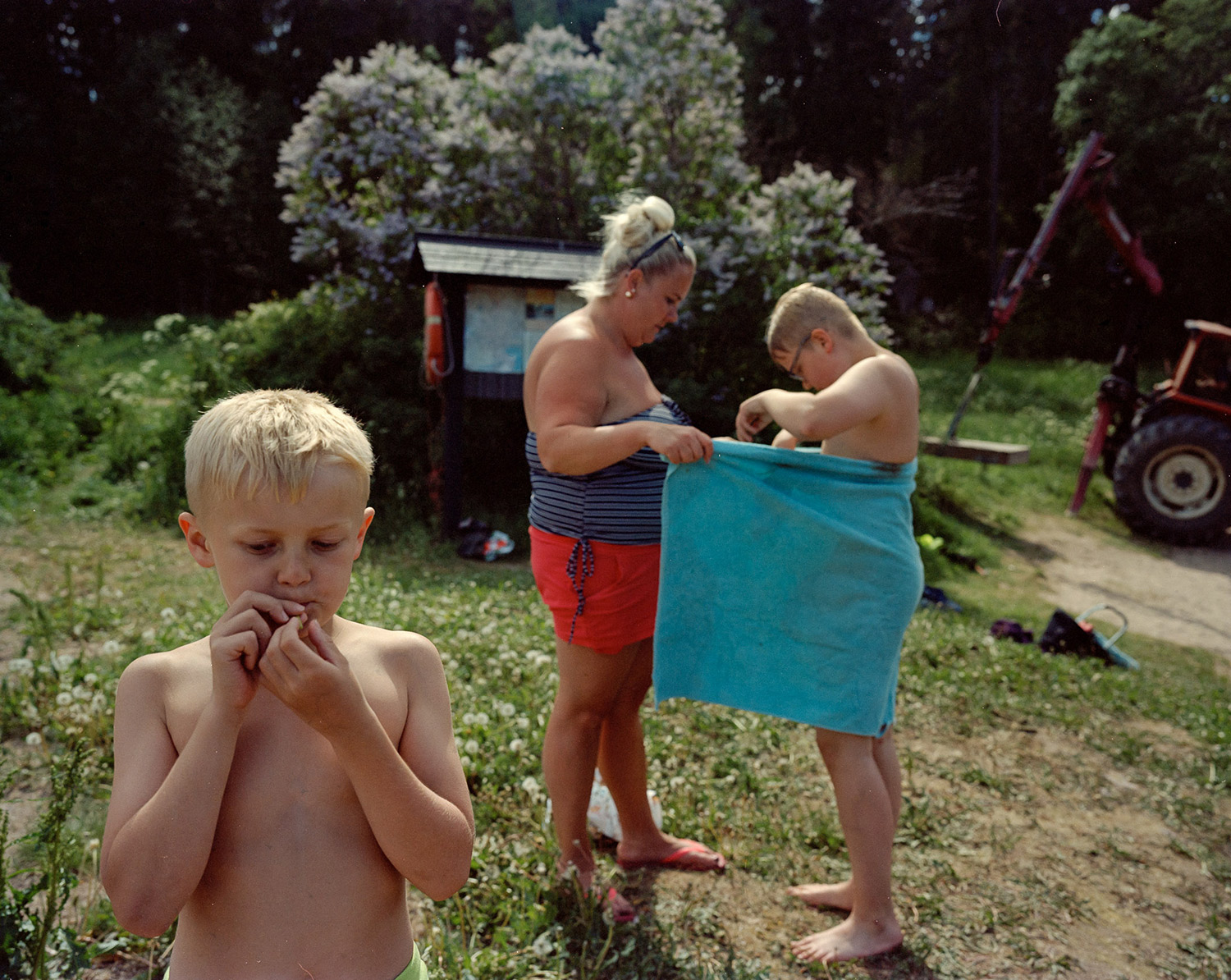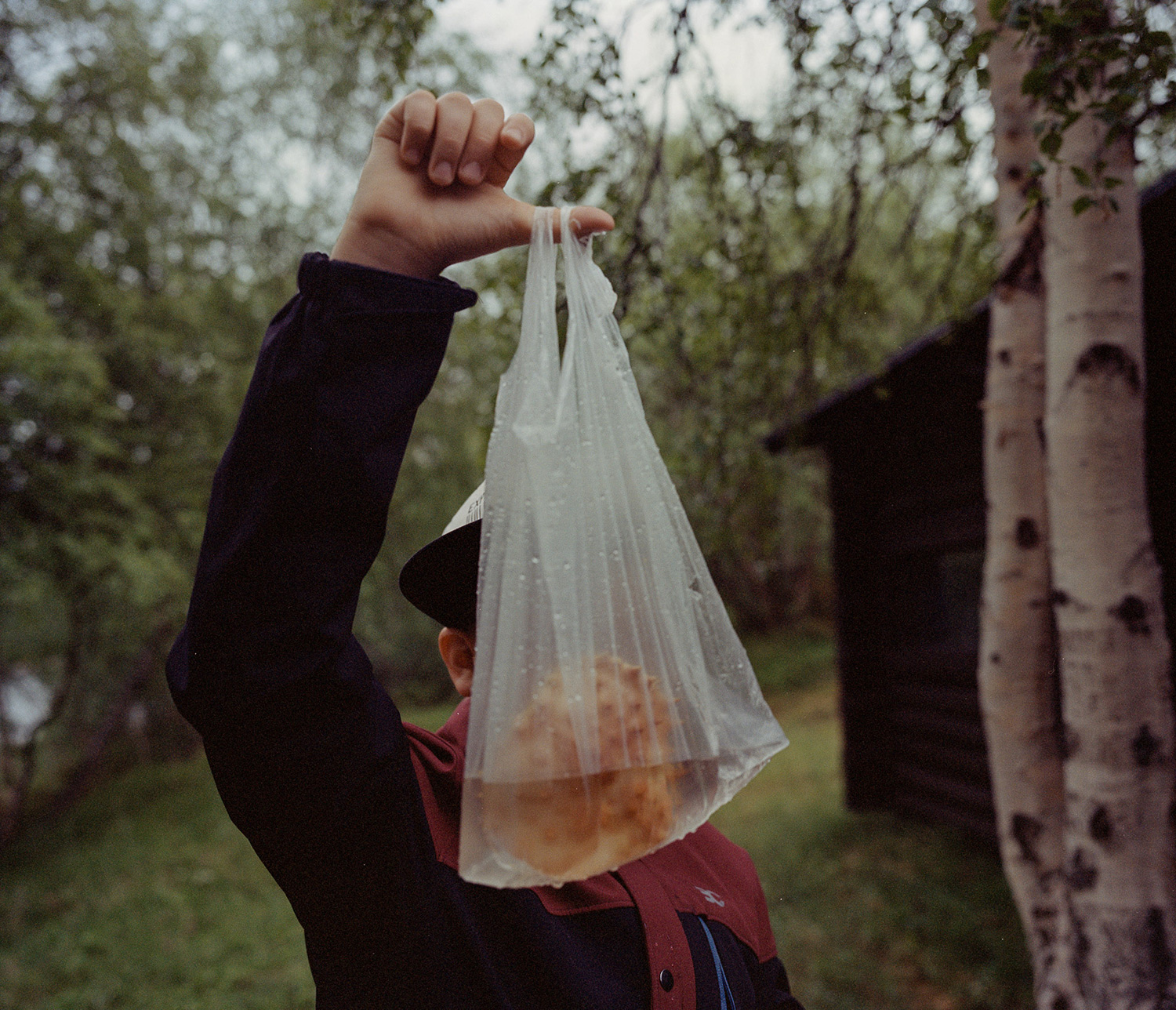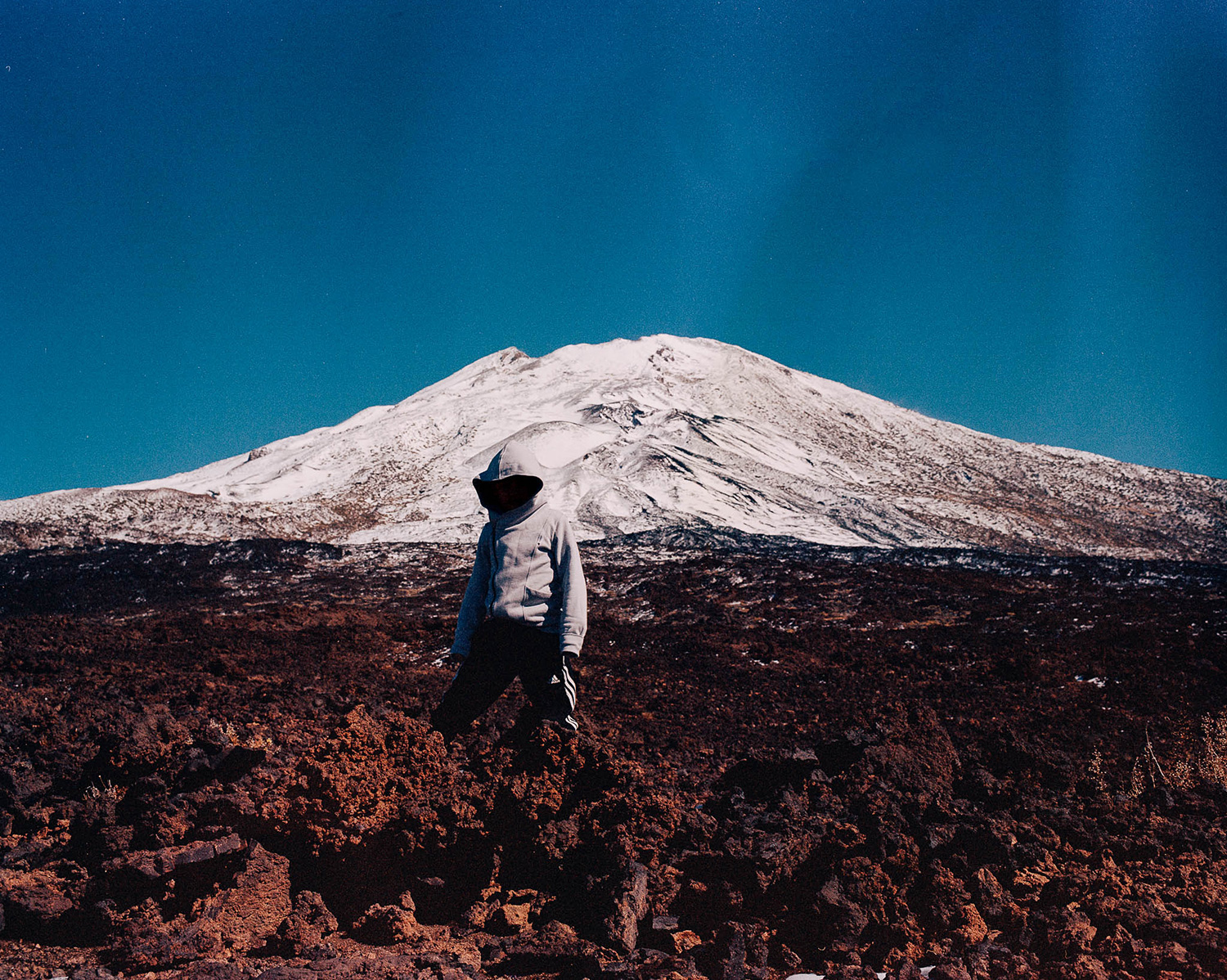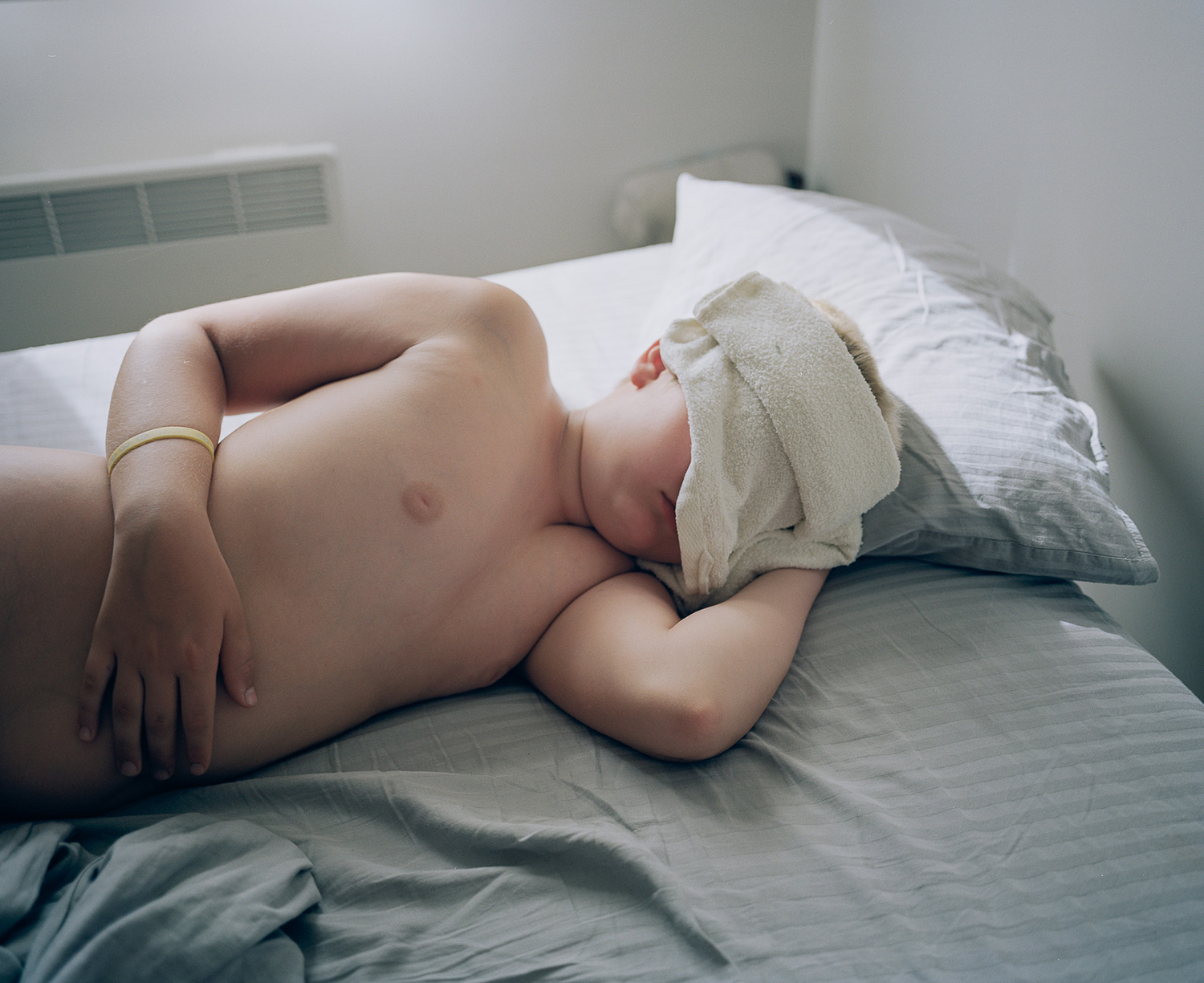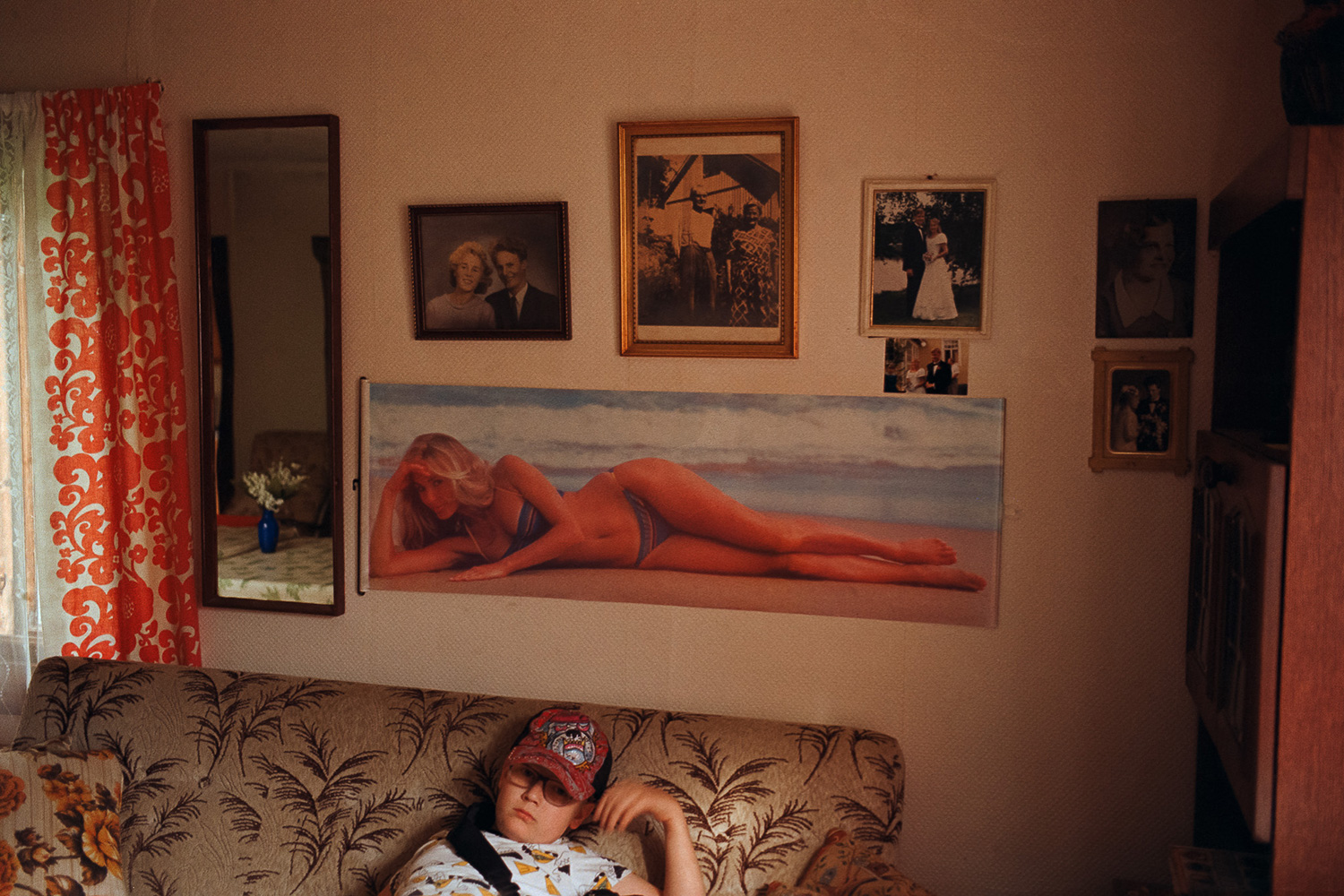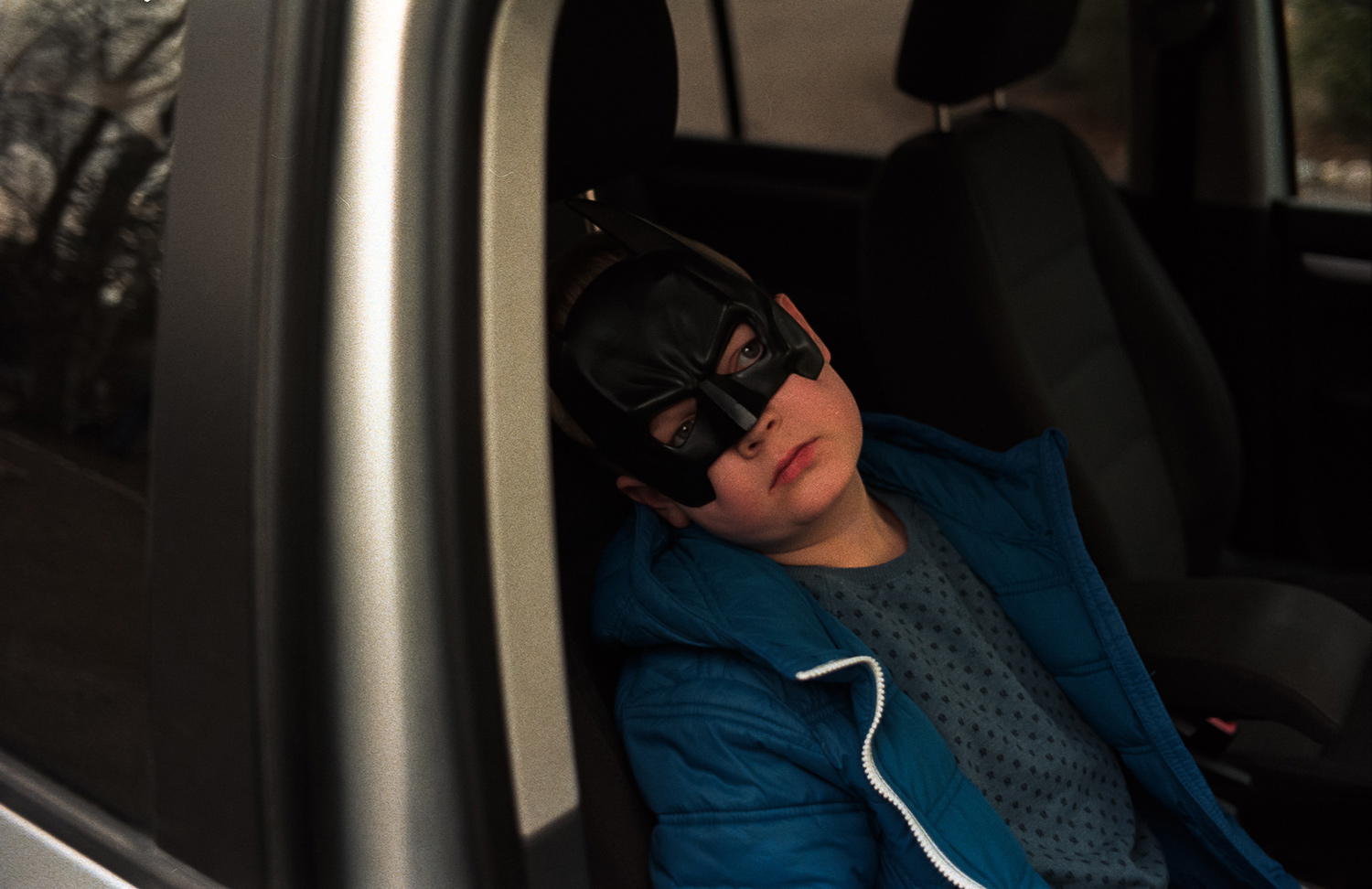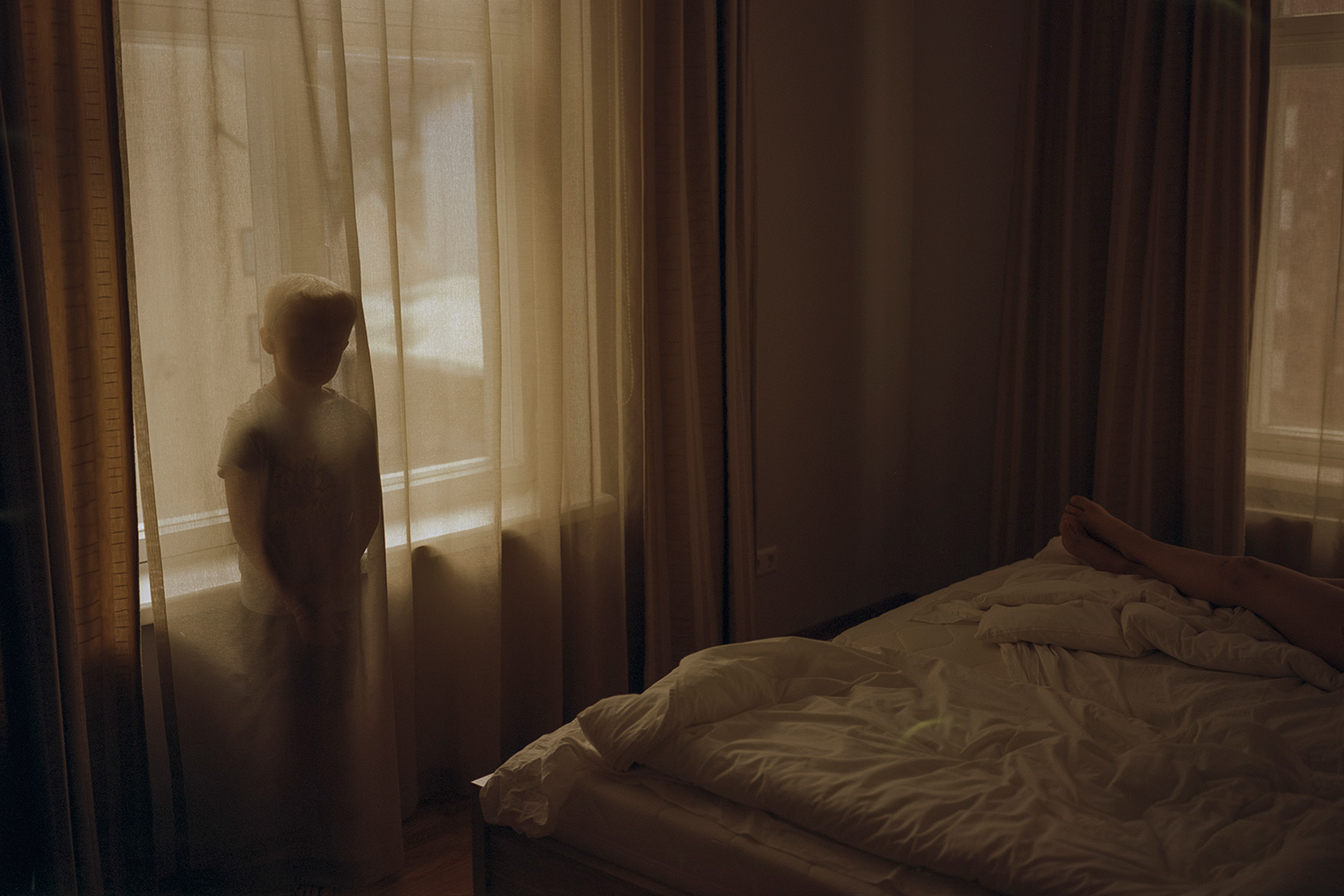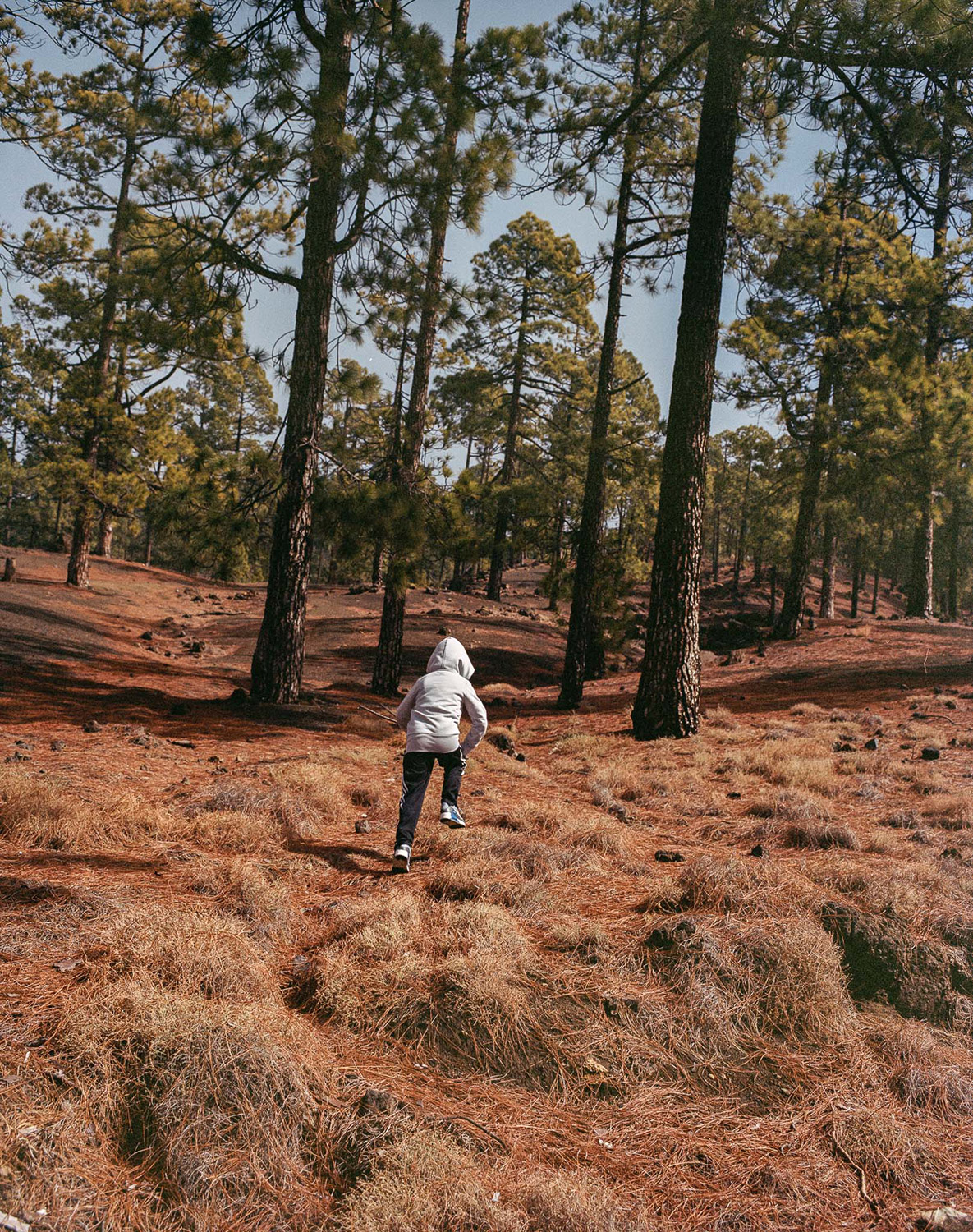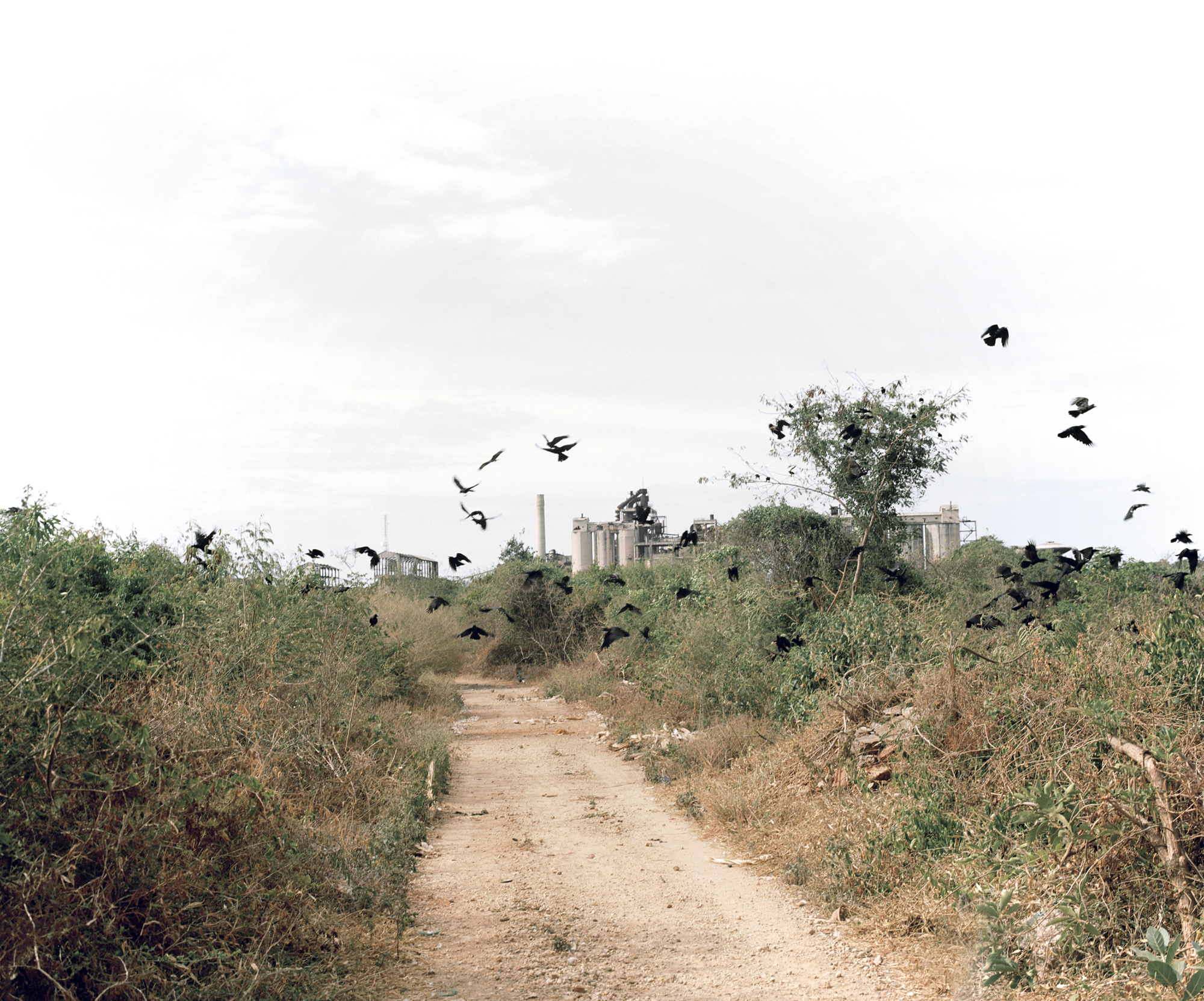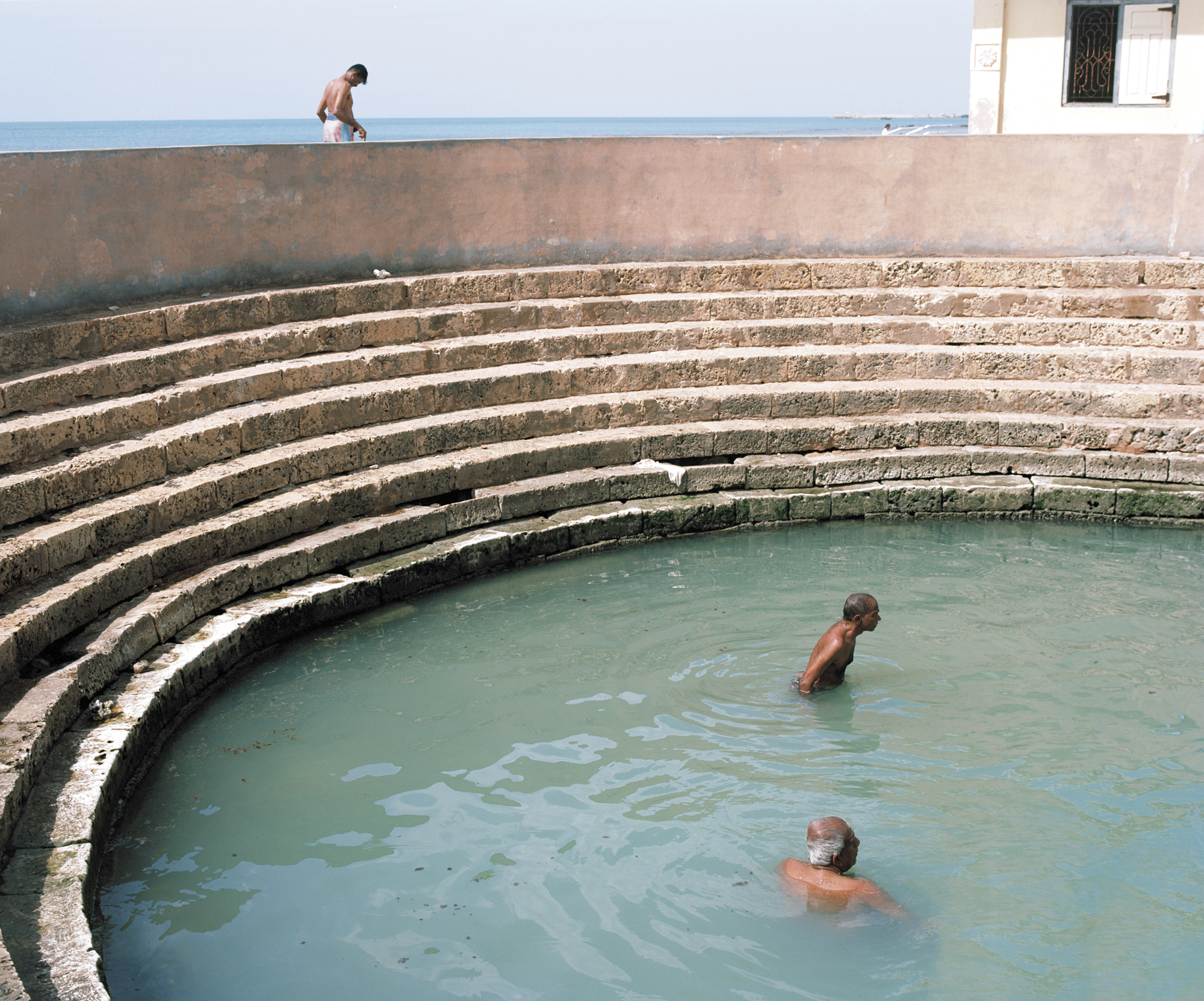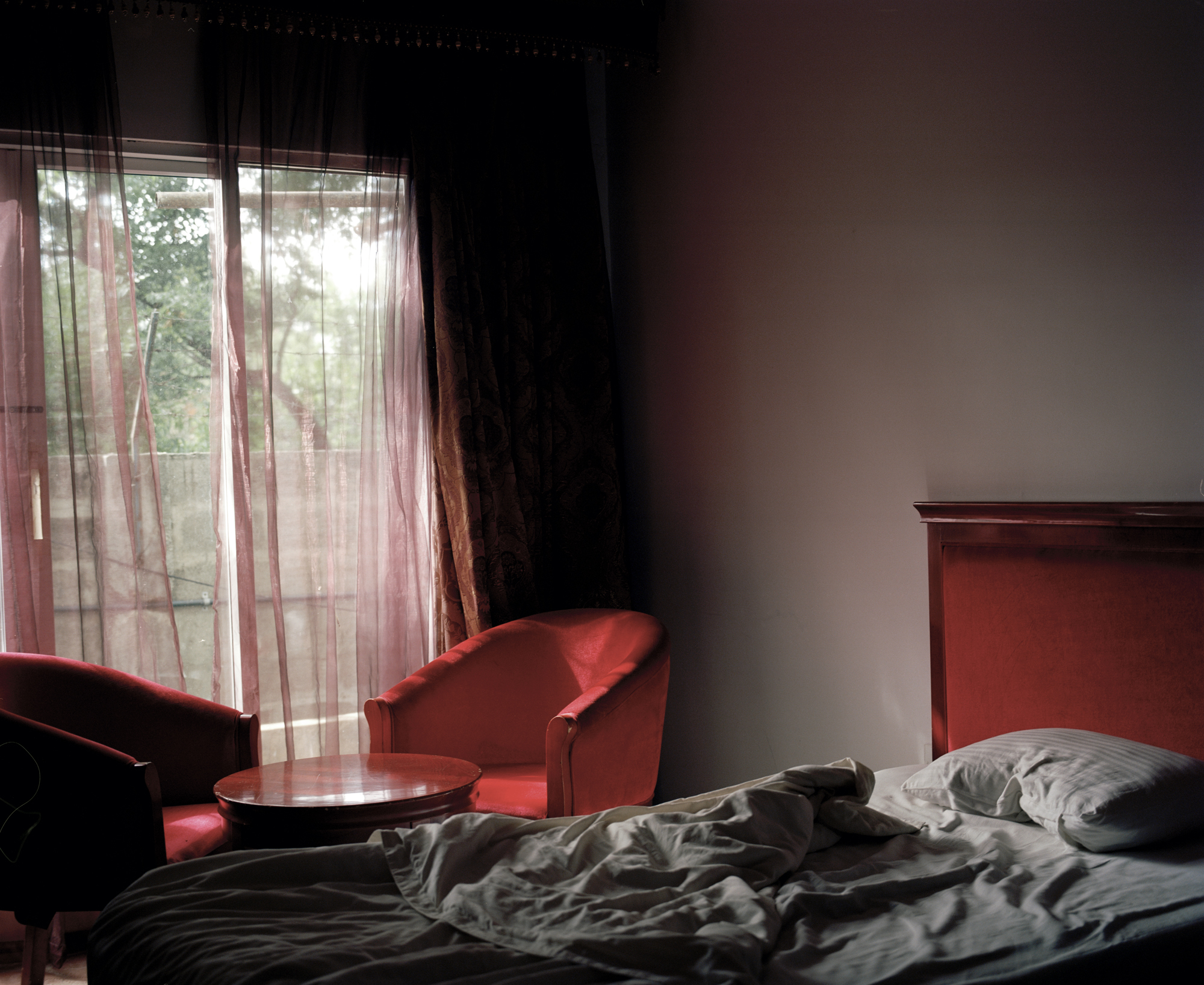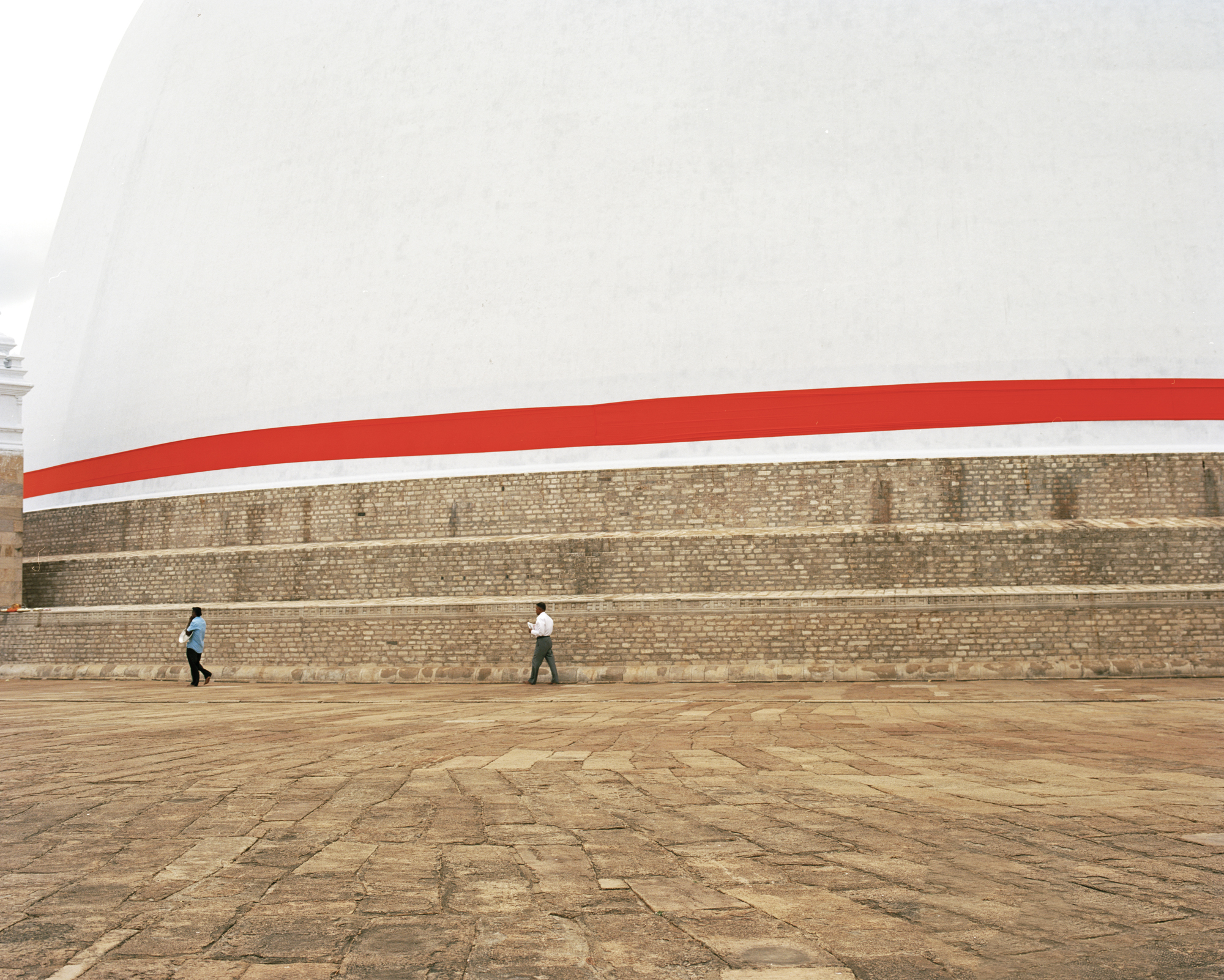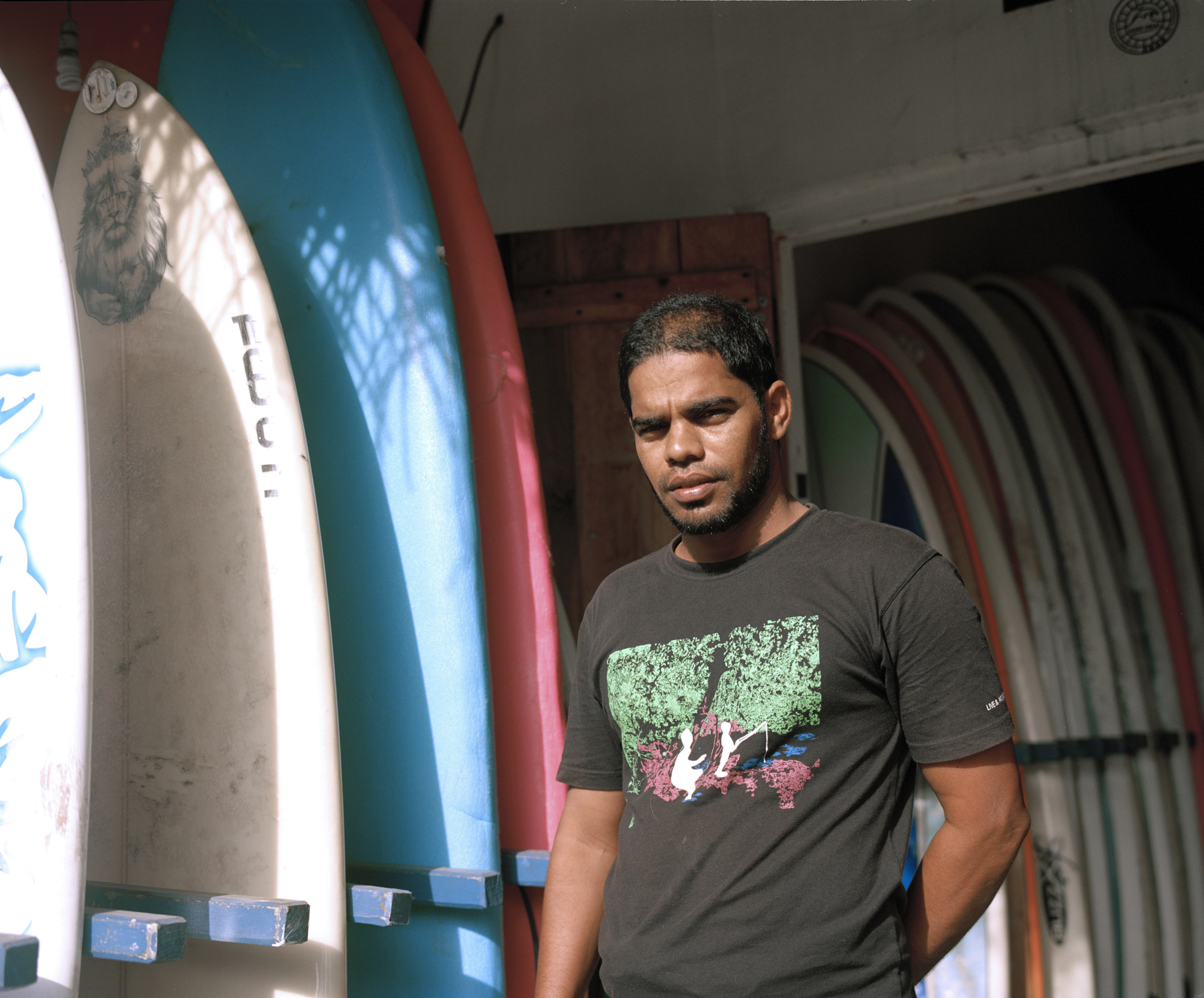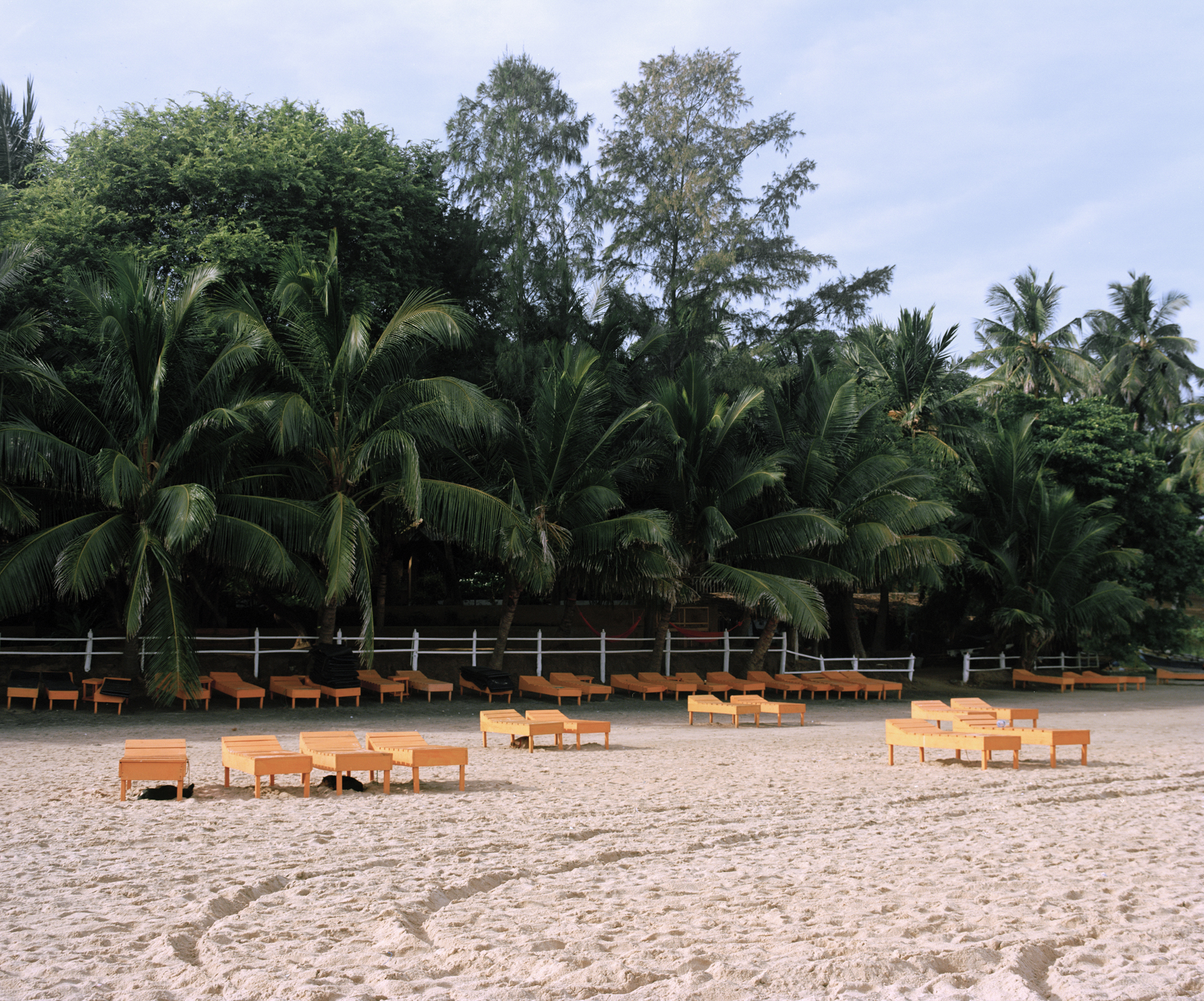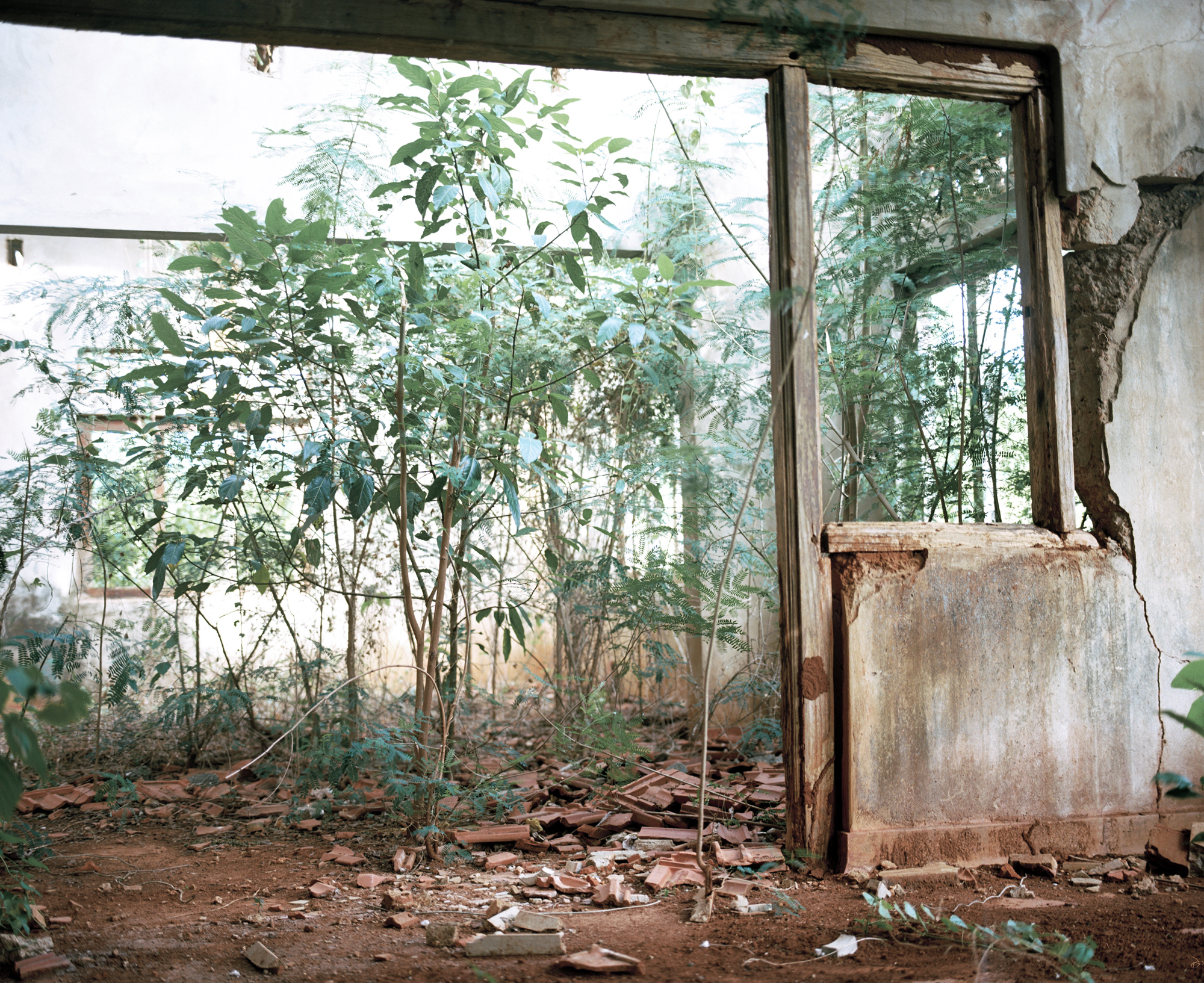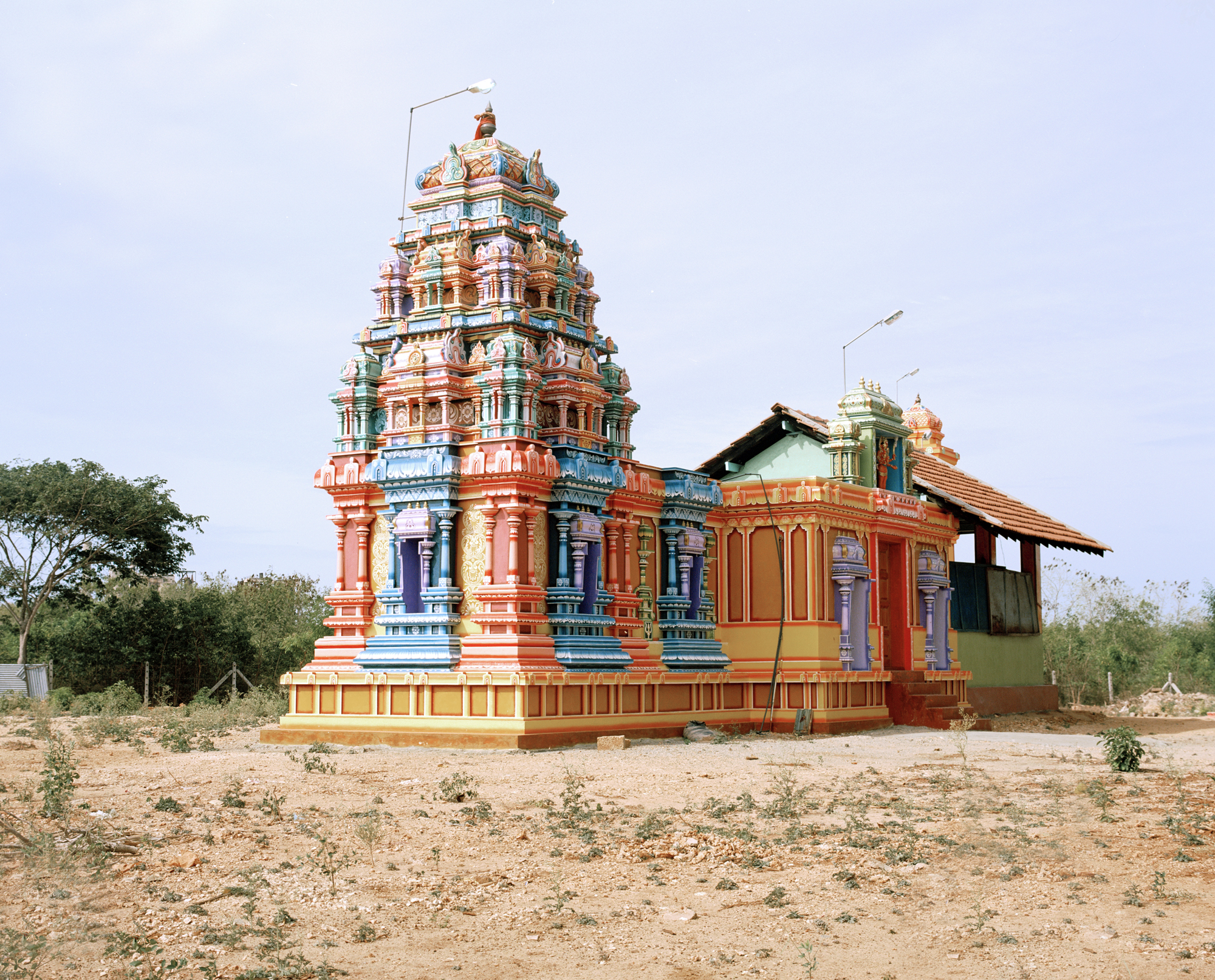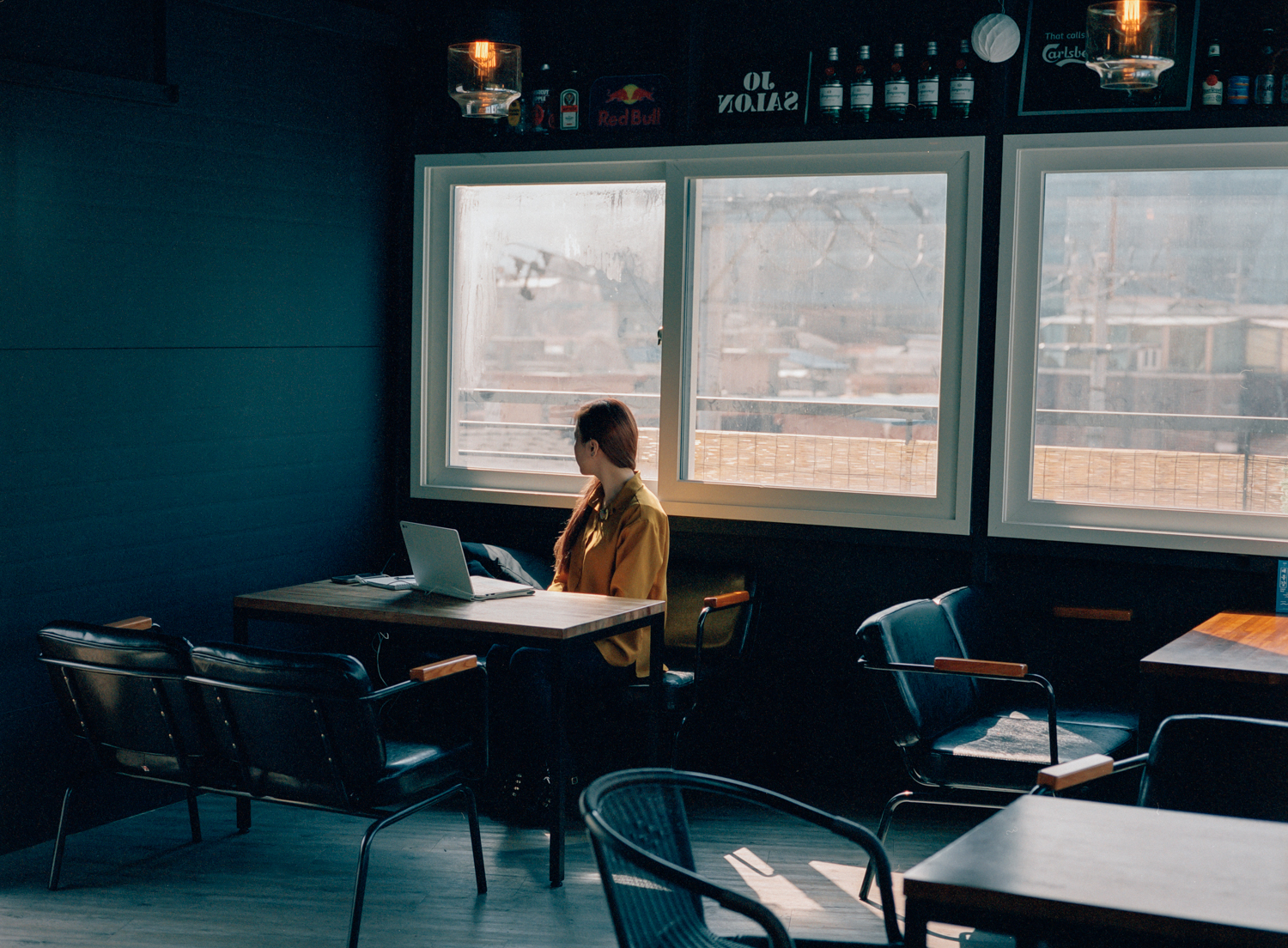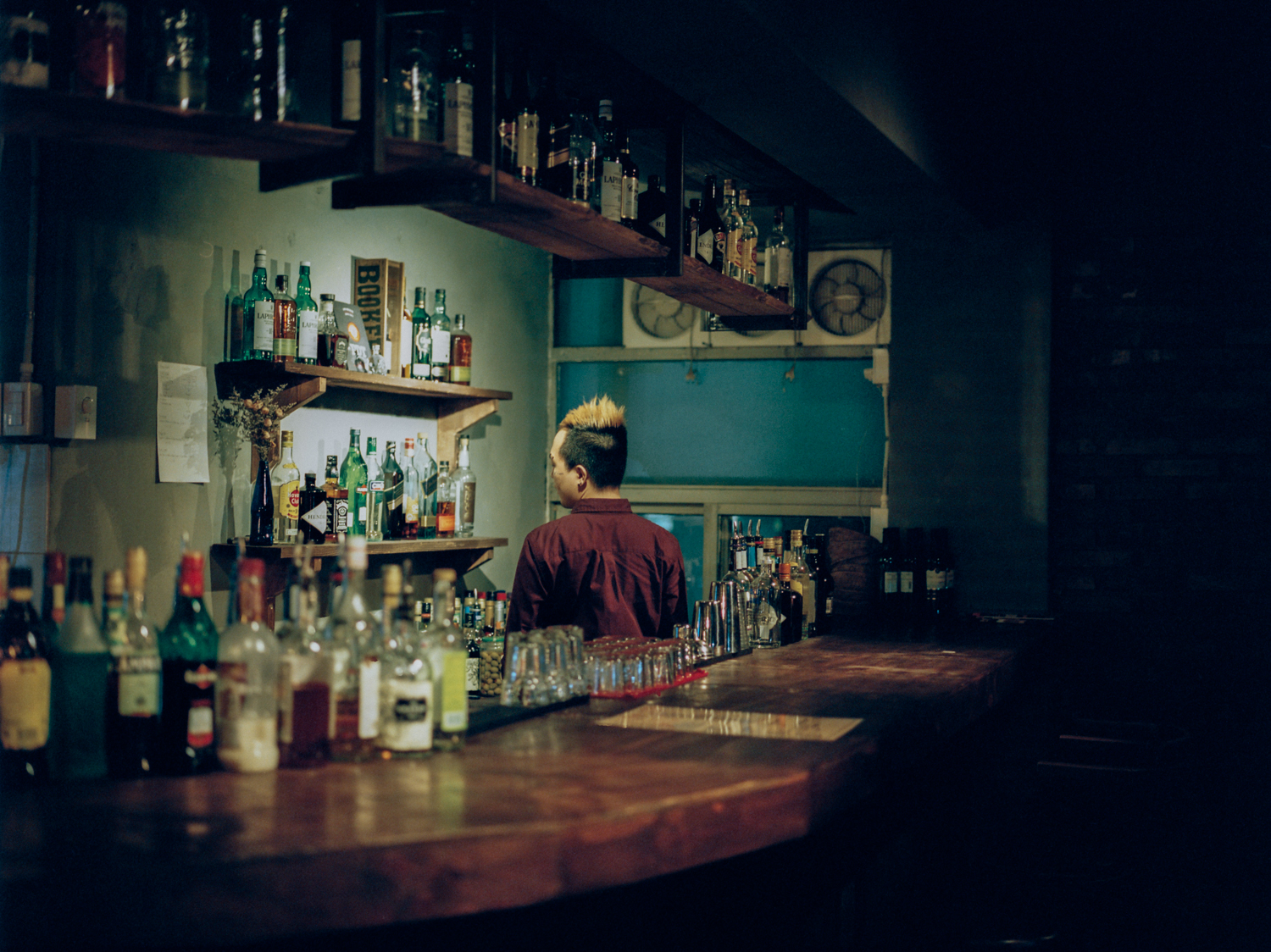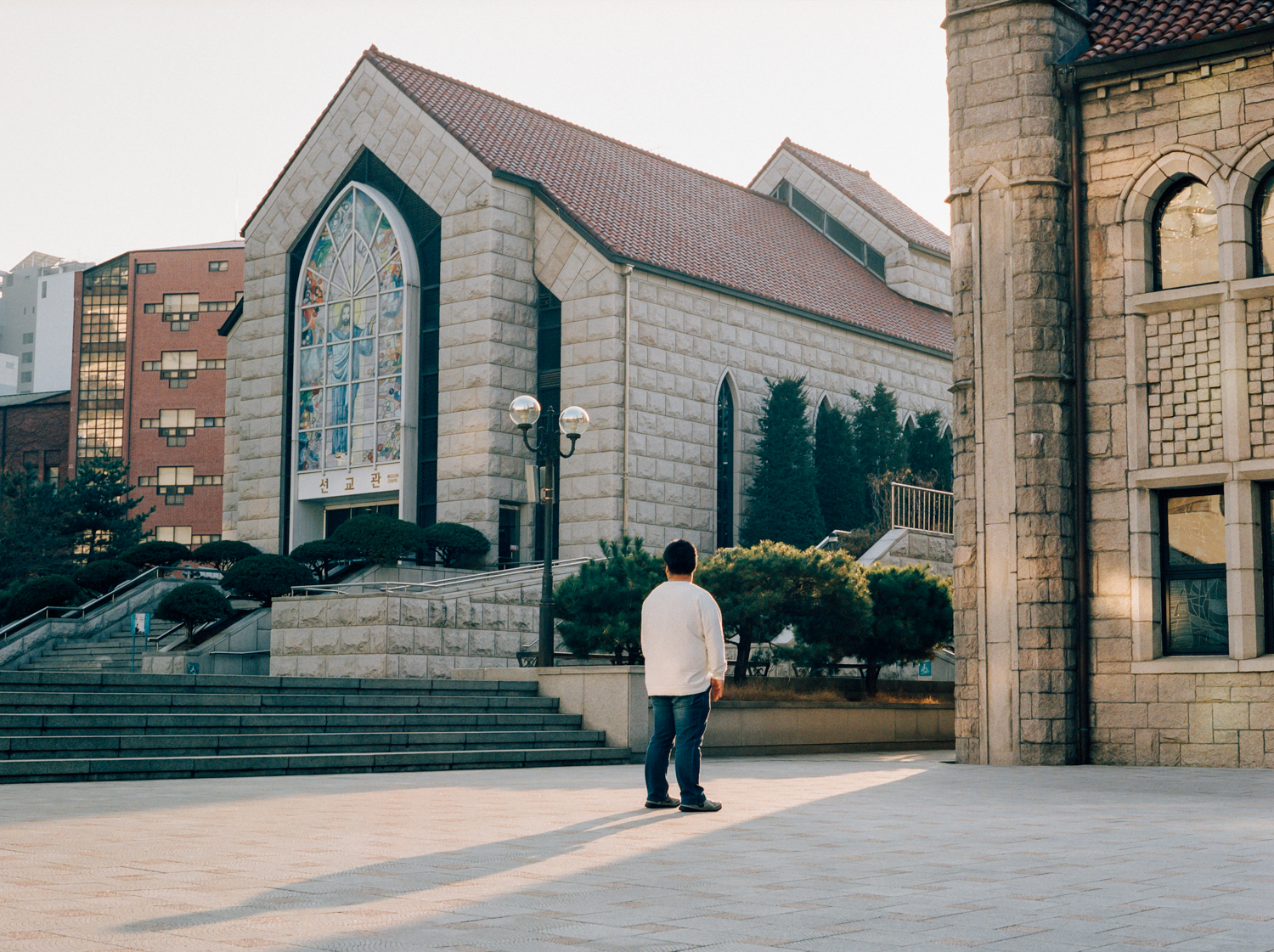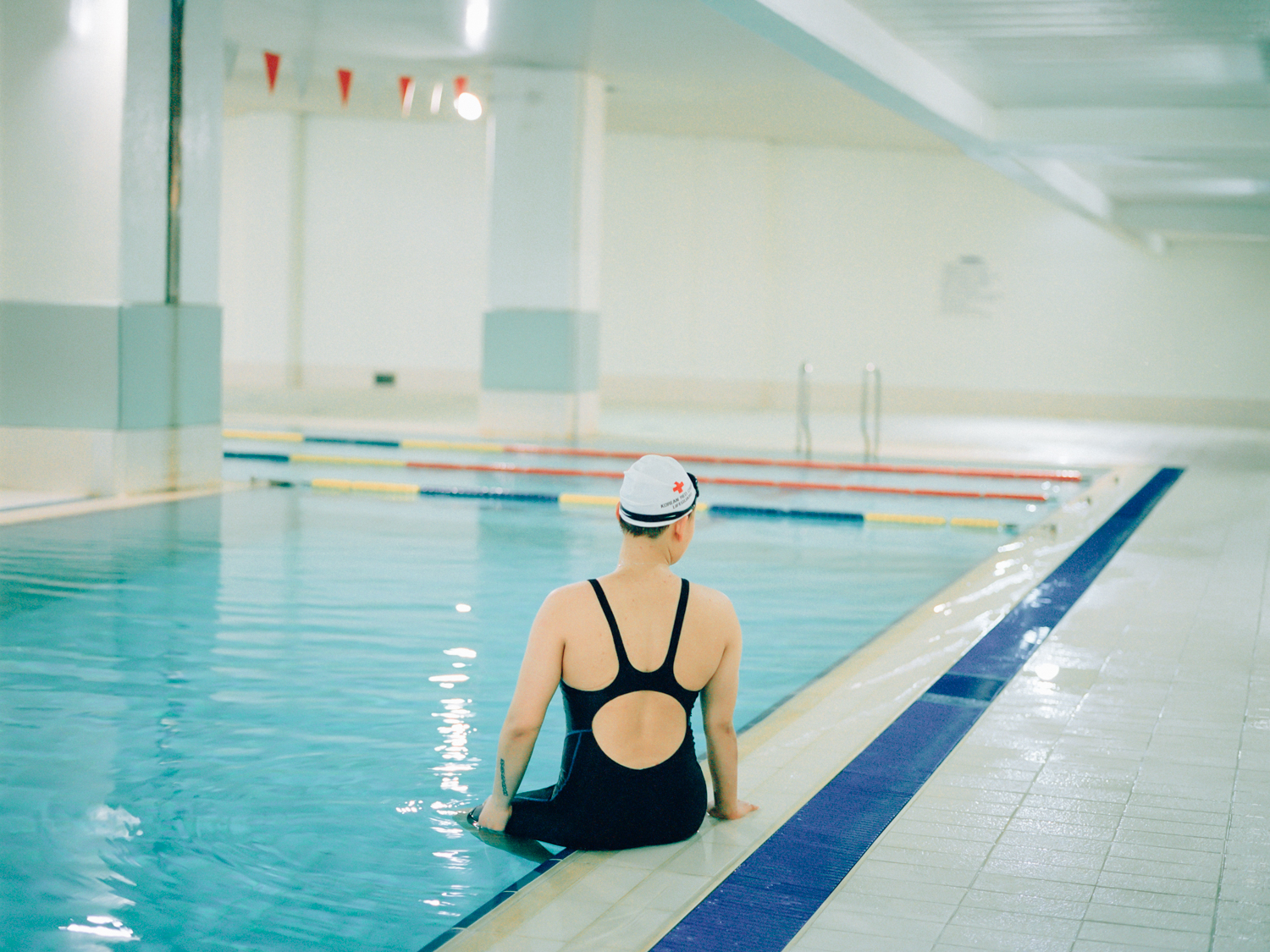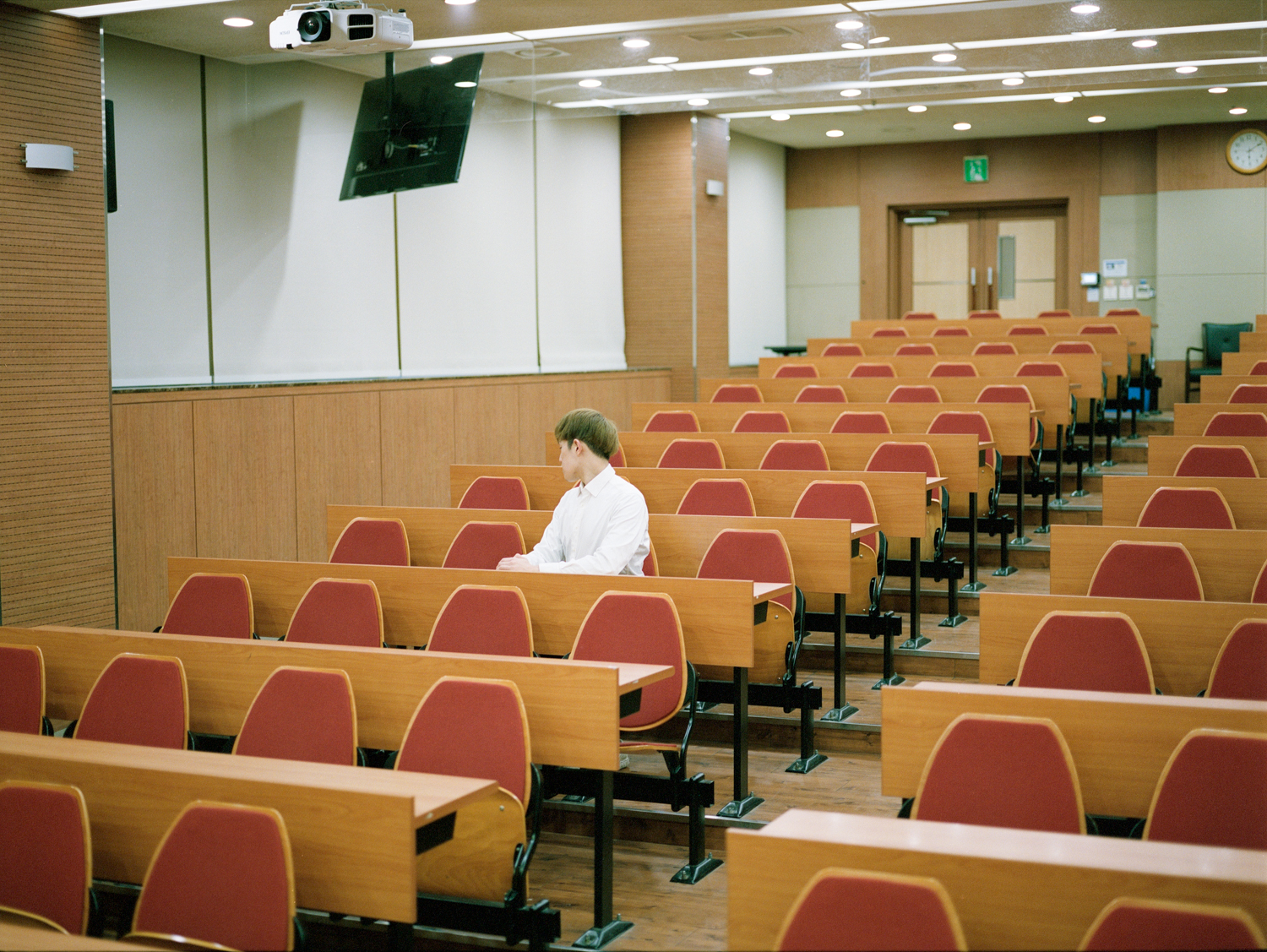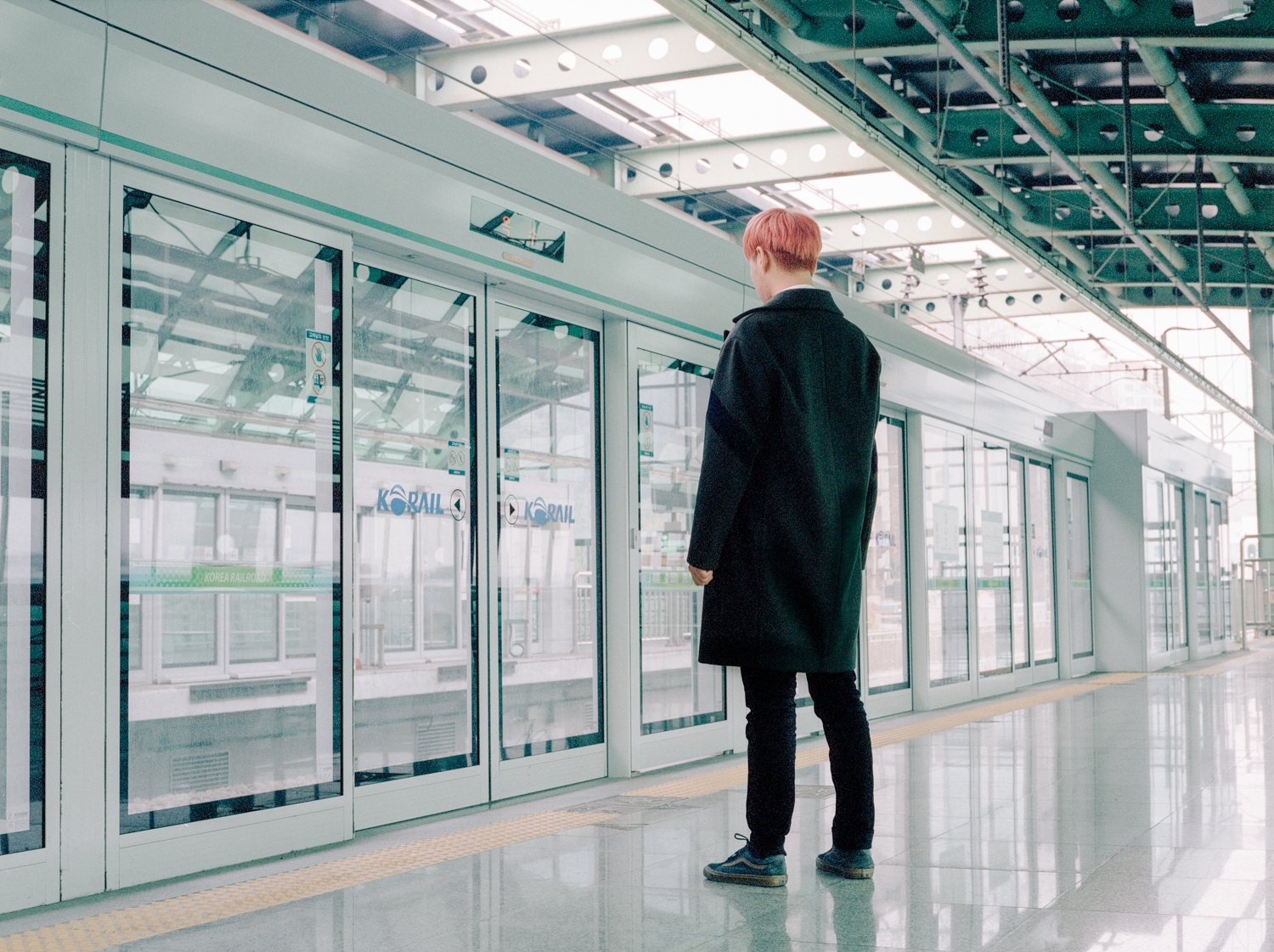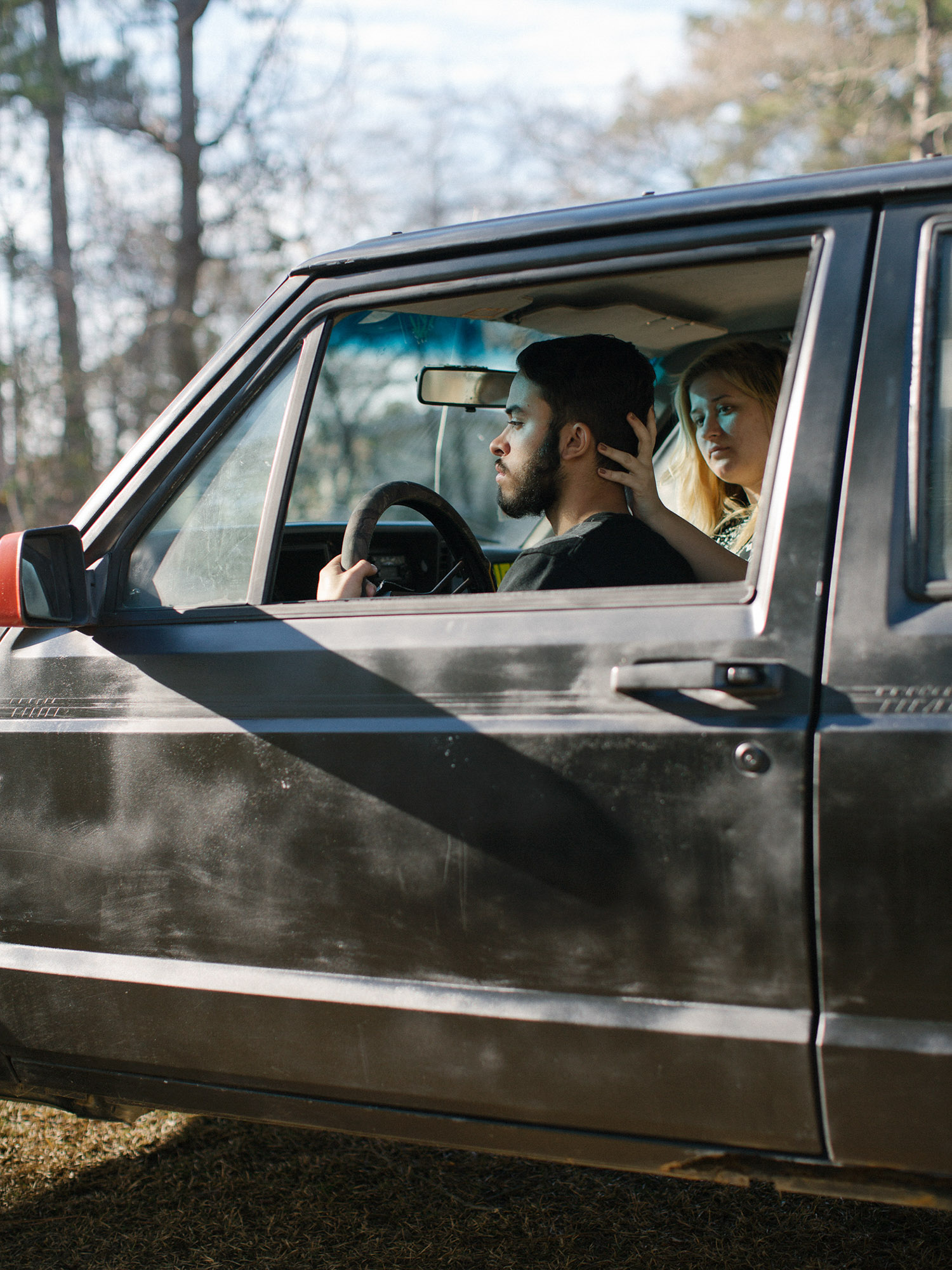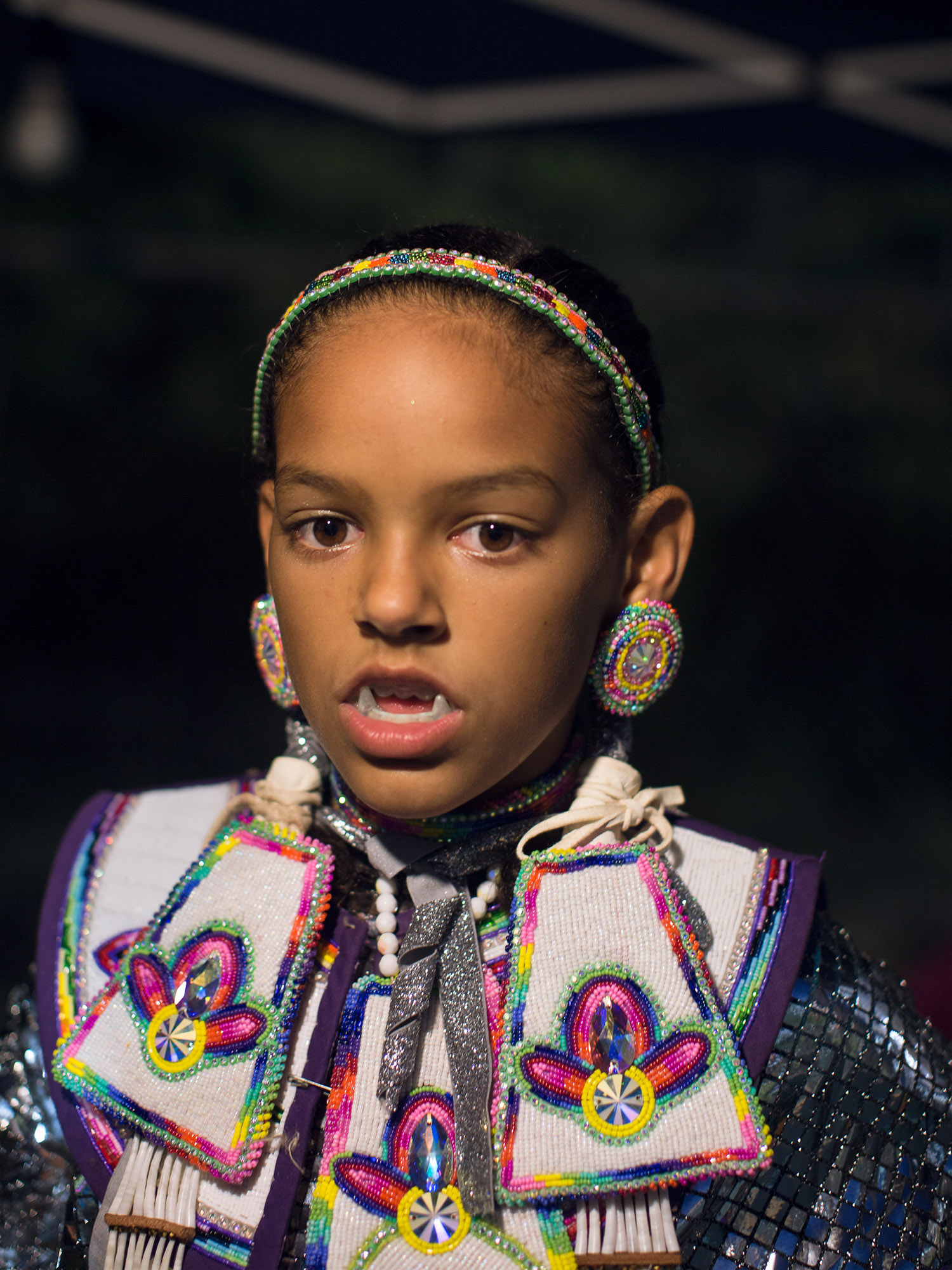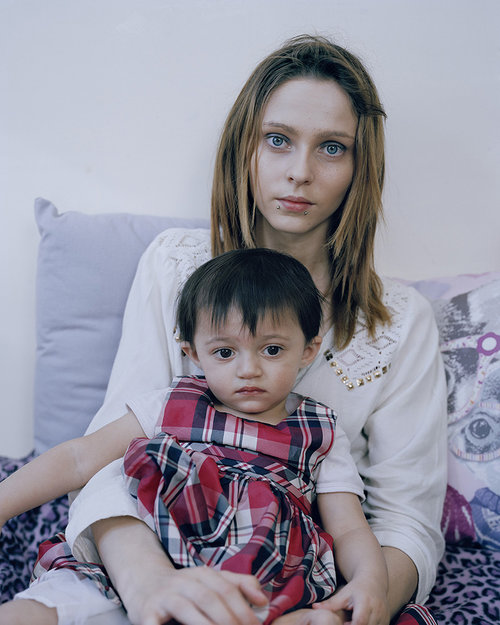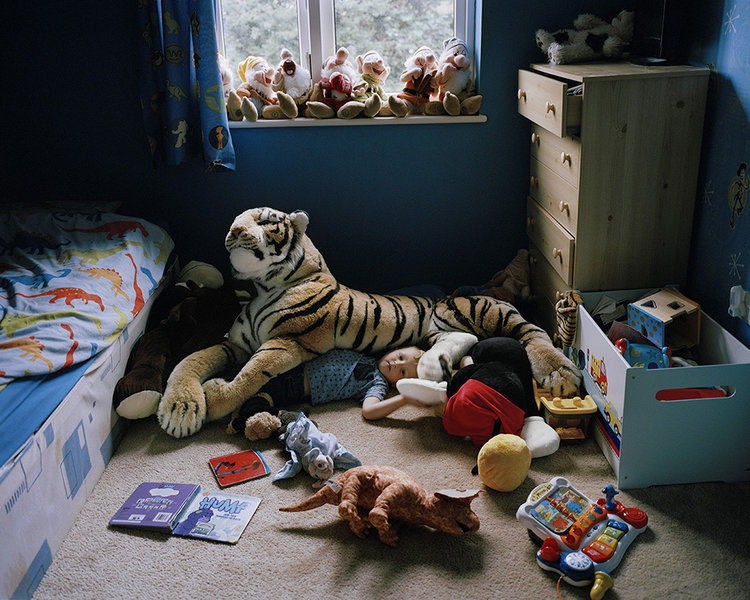INTERVIEW WITH ANNA BRODY
“So Far, I think
/
I Was Something That Lay Under The Sun And Felt It“
SCOPIO sat down to talk with Anna Brody about her most recent work, “So Far, I think / I Was Something That Lay Under The Sun And Felt It”. Brody, currently based in Tucson, Arizona, works with photography to both supplement and circumvent the shortcomings of written word. With this project, she photographs people, places and moments who are waiting to become. She hopes to honor them, and crystallize the quiet accomplishment of just being, now.
“I capture so that I can ask them, how did you become this way? Where will you go from here? Do you feel free? Do you know how beautiful you are? I experience a swelling awe at the glowing beauty of what I’m seeing; a compulsive need to capture and save these incredibly ordinary moments for posterity, web-weaving, and in fear of them slipping away from my memory.”
”So Far, I think / I Was Something That Lay Under The Sun And Felt It” is your most recent project, for how long have you been working on it?
For almost exactly a year now – I finished undergrad in November of 2017, quit a job for good reasons, broke my own heart a couple of times, grew it back together again by making new friends and seeing old friends, traveled a bit, drove myself across the country to my new home in Tucson, and started graduate school here in Arizona. It’s been a very full year!
Tell us more about this feeling of being scared of being alone, which is key to your work. What does that mean to you, and what does it feel like?
It’s not so much afraid of being alone as it is of being lonely – being lonely in crowds or around other people has to do with not feeling seen. How another person—a lover, partner, soul mate friend—can hold your non-performative, authentic self and remind you of who that is, and anchor you in that even while you’re performing in public. I think that’s why I often feel lonely in public; I realize I’m performing and I’m not being authentic, and don’t have that anchor to reference back to. Intuition is what I use when I photograph, and what anchors me to my authentic self because I can’t perform intuition, and in that sense my work acts as a partner or friend would – these images hold evidence of my authentic self, and serve to remind me of what that looks like, and to trust myself, that my intuition is worth something. To feel seen and understood is to share your perspective on the world with someone else and to have them get it, and collecting intuitively captured pictures shows myself back to me. It mirrors my own perspective back to me because I don’t agonize over it in the moment, I’m not trying to explain it at the time I just do it, and then afterwards I see myself more clearly and I think it represents my best self in a certain way? My most open, least cynical self. And sharing that with myself makes me my own anchor. That sounds super sad on paper, but it’s true – it’s a process of intuition, understanding, and affirmation in and of myself. And hopefully, for a handful of other people who connect to my work in a non-logical, holistic and wholly authentic way.
You say you photographed to ‘circumvent and supplement the failures of our written word to express the complex’. What do you mean by that? Could you tell us a bit about your relationship with the medium of photography? When and how did it start?
Rebecca Solnit is an author and theorist who has changed the way I see the world. In one of her best-known books, Men Explain Things to Me, she states: “The tyranny of the quantifiable is partly the failure of language and discourse to describe more complex, subtle, and fluid phenomena, as well as the failure of those who shape opinions and make decisions to understand and value these slipperier things.” I believe photography—and art of any medium—can work around these shortcomings of language and discourse by allowing for imagery to represent, relate, and describe some of the many things that fall outside of what can be quantified or described with words. In doing so, art allows for meaning and value to be recognized in things that might otherwise be deemed unimportant because of their ineffable nature. In photographing the quiet unspectacular nonevents of just being, now, I can elevate and crystallize what would otherwise not be considered notable (literally, that you cannot make note of it because there aren’t the words to do so). In our culture, if you are not productive you are not valuable, and therefore not notable. Productivity is measured by the accomplishments of progress as recognized by colonial institutions that sanction the pursuit of capital above human life, joy, and freedom (especially, in the US, above the lives, joy and freedom of people of color, trans people, people with disabilities, and many other individuals who are deemed expendable in the face of the almighty dollar.) Systems of power need to quantify and categorize in order to maintain control. White supremacy, for example, requires among other things the quantification of melanin in order to construct the social (not biological) categories of race and/or ethnicity in order to maintain control over certain categories with certain ostensibly quantifiable traits. I and many other artists hope to subvert that which makes this control enactable – that which makes it so that a claim to power can be carried out with any sense of justifiable right. Question the claims by which a structure is imposed and leave it up to the viewer to bring their own vision of truth and connectivity to the work and to the world. Art, in all its subjectivity, can honor the personal history, life experience, and perspective of the viewer, and assert that they are equally as authoritative and meaningful as the intentions of the artist or what is understood culturally as truth. My working mission is that authoritative praise for quantifiable achievement should not be a precondition to appreciation; to see the ordinary and unotable as extraordinary—that is love, and that is what I aim to express and affirm.
Who are these people you photographed? How did you approach them to be involved in your documentary project? Where was the balance between privacy and exposure?
They are a mix of friends, family, and complete strangers. I approach with honesty about my intentions, and personal vulnerability that ideally allows for the subject to feel comfortable letting down some of their own walls to create a collaborative connection that achieves that tricky balance between privacy and exposure. This doesn’t always work, but it’s so rewarding when it does that I don’t think I’ll ever stop trying. I will say here though that I don’t consider this work to be a documentary—it is social, built, and residential landscape work, but it doesn’t follow any structure or logic that is consistent or narrow enough to constitute a documentary.
Do you see a common thread in the stories you choose?
The common thread is that my work shows me what the web is that I belong to, and a feeling of belonging is priority #1 for me. When I feel like I belong, I am able to approach humanity with tenderness, hope, and humor that make it so that I can get out of bed in the morning. It’s optimism, I guess. Grief and hope, power and vulnerability, resilience and fragility, discipline and addiction. These are non-binary landmarks of humanity as it is now, as it has always been, and as it most likely will always be until our species is gone – they’re definitely common threads.
What was most interesting for you about the people/places you photographed?
I’m always curious about the power of association and the mutability of identity according to context and available information. Photographs allow for a deep questioning of the fixed nature of meaning. It is in our nature to categorize something and then quickly move on so we are ready to assess the next situation—that’s how we evolved, and we need to take more time to allow for the understanding of this shifting and changing, how time works to change both subject and viewer. My images freeze the people places and things I see into an immutable sameness - they aren’t going anywhere they aren’t going to change but you and I will and their arrangement might and their context definitely will, and in those variables there is an endless multiplicity of meaning, identity and narrative understanding.
Would you agree that we cannot relate fully with others if we do not accept that we are all alone in this world?
Yes, although I hope we’re both wrong.
“I was something that lay under the sun and felt it, like the pumpkins, and I did not want to be anything more. I was entirely happy. Perhaps we feel like that when we die and become a part of something entire, whether it is sun and air, or goodness and knowledge. At any rate, that is happiness; to be dissolved into something complete and great. When it comes to one, it comes as naturally as sleep.”
— Willa Cather, My Àntonia
WEBSITE
Editor: Rita Silva

